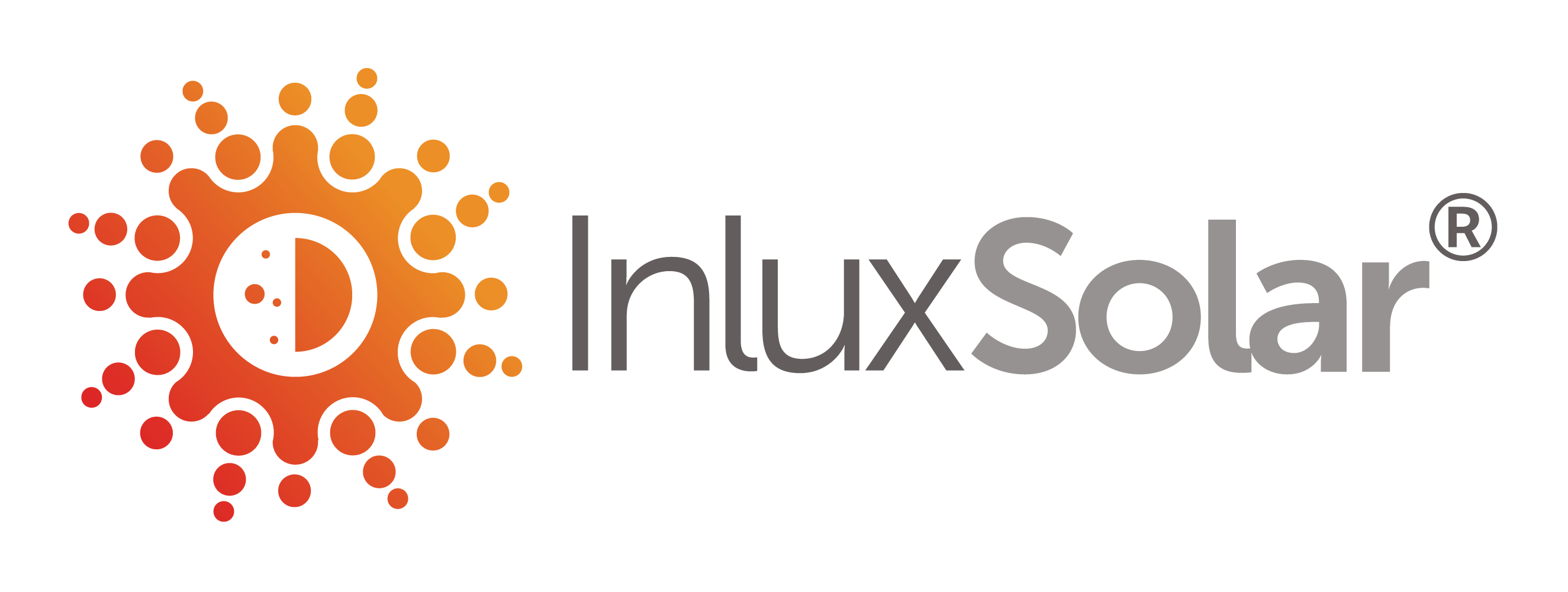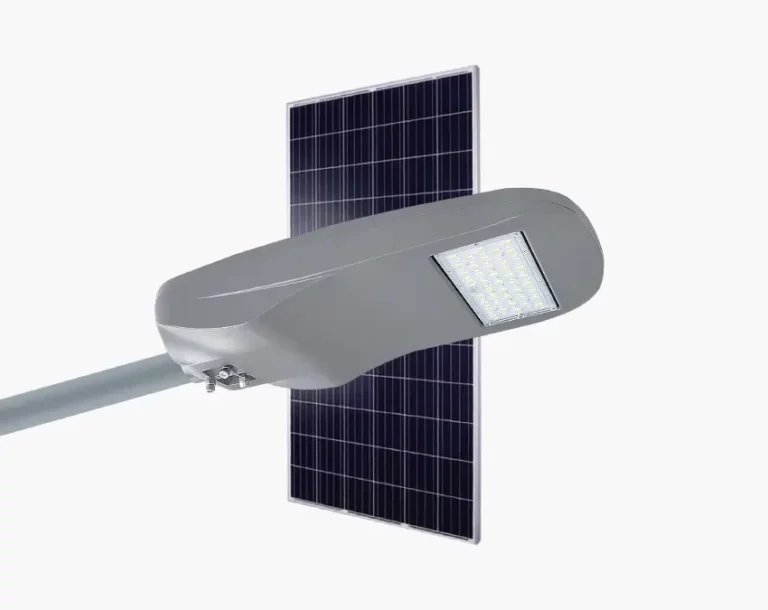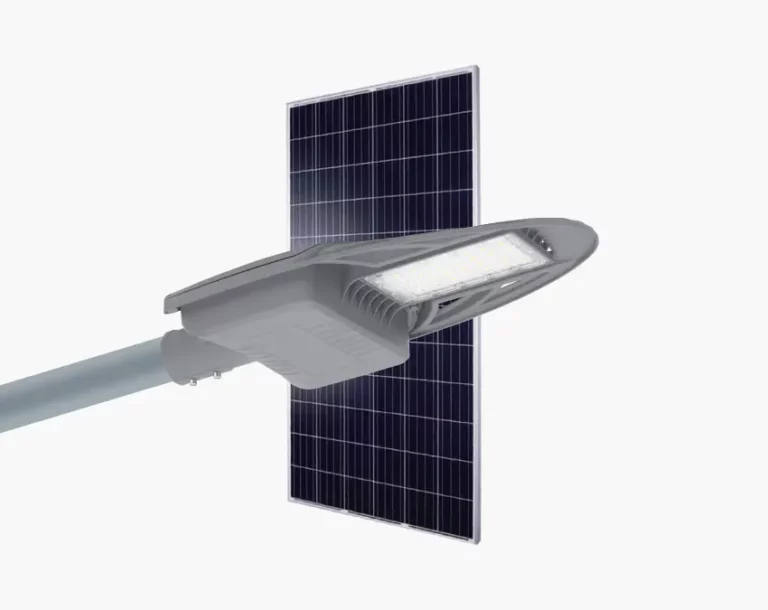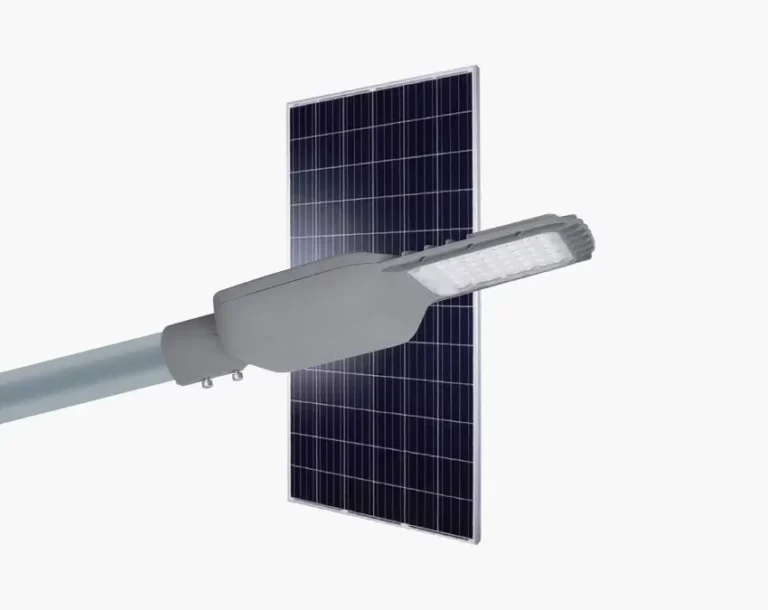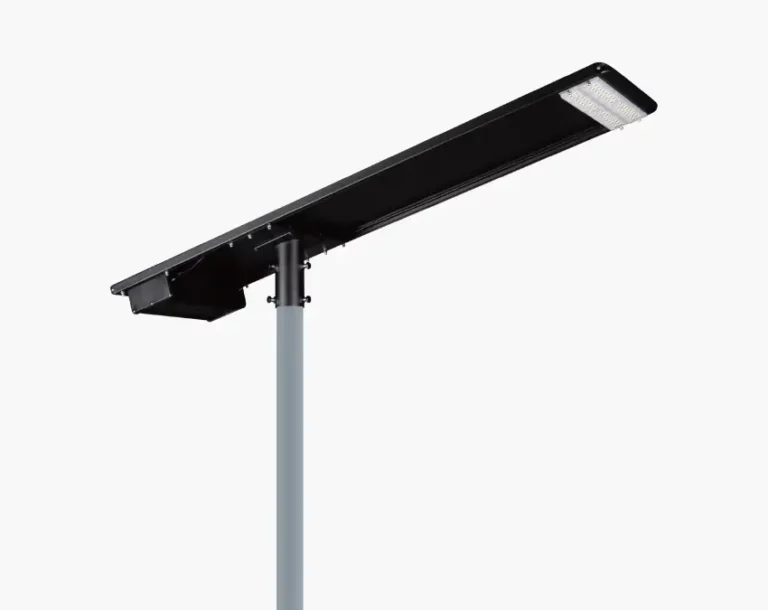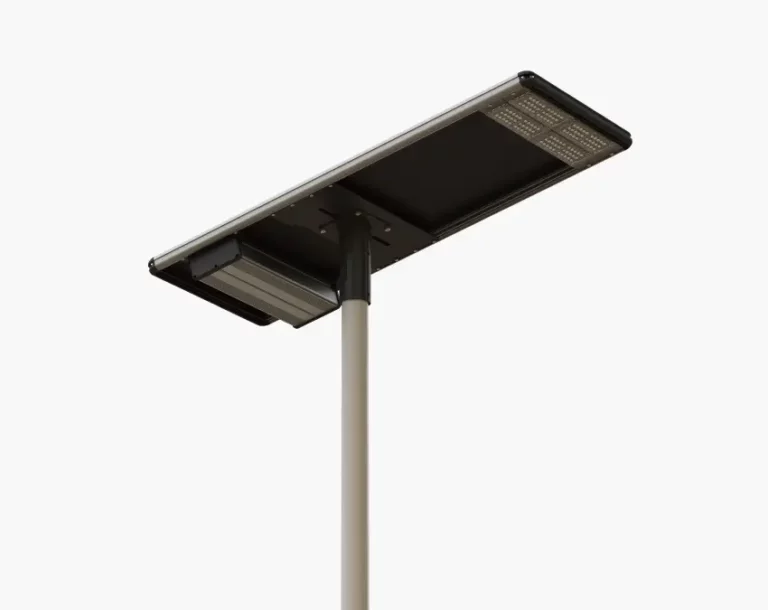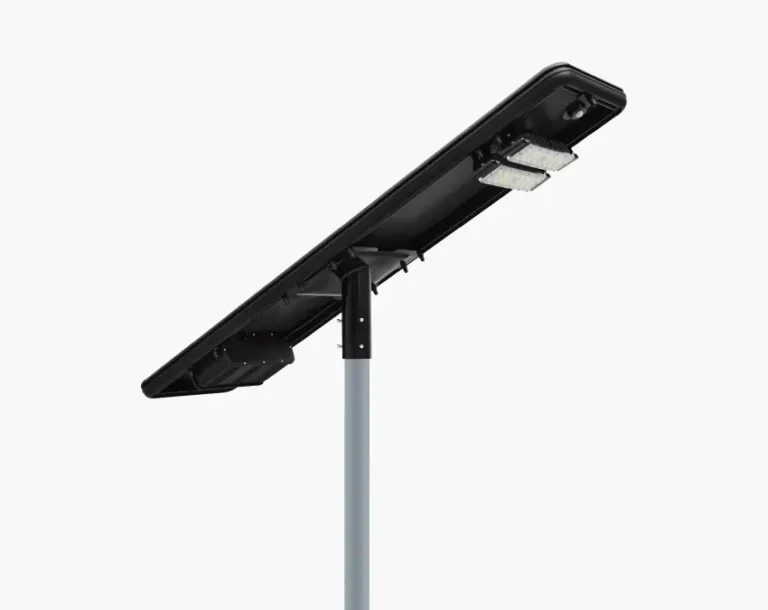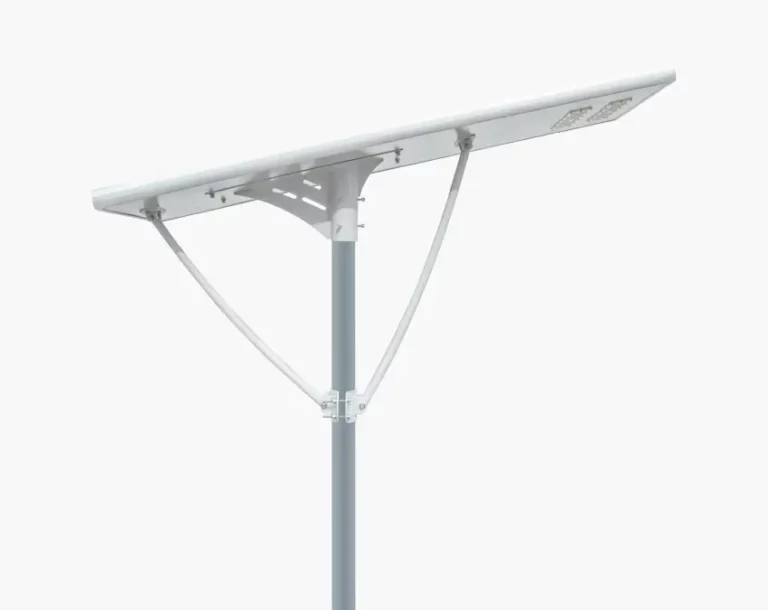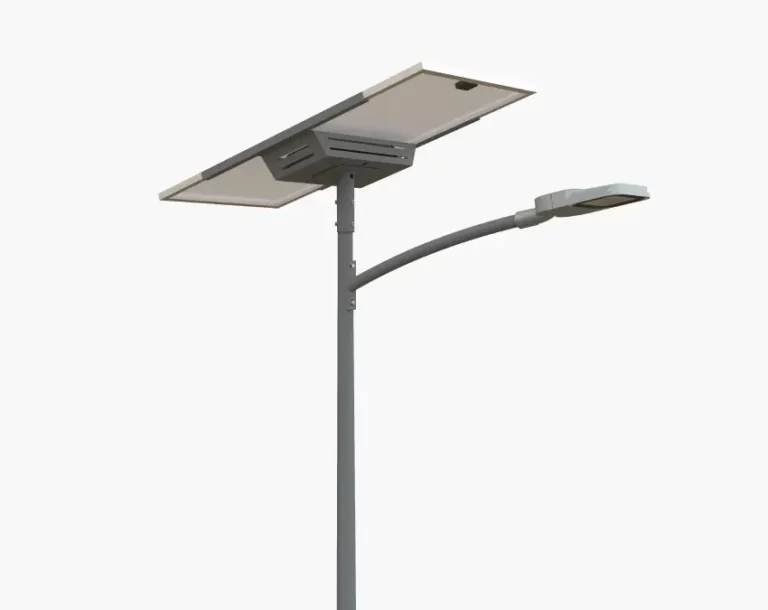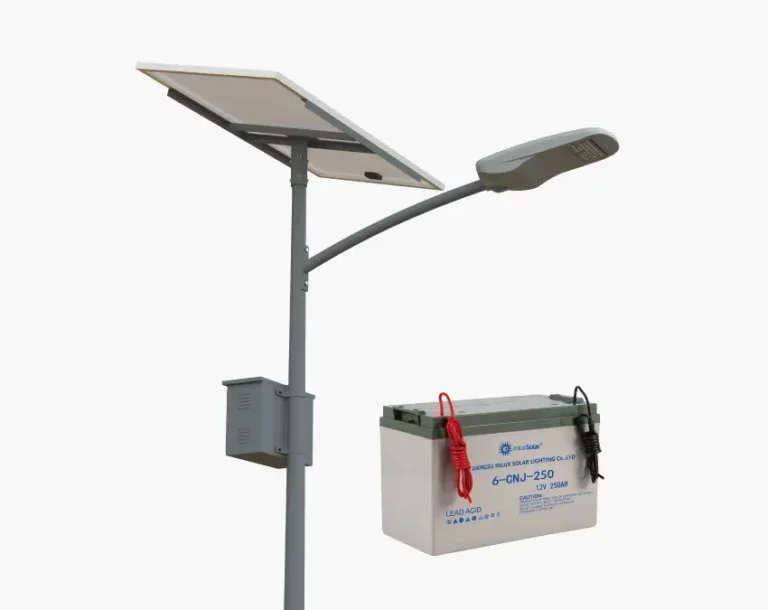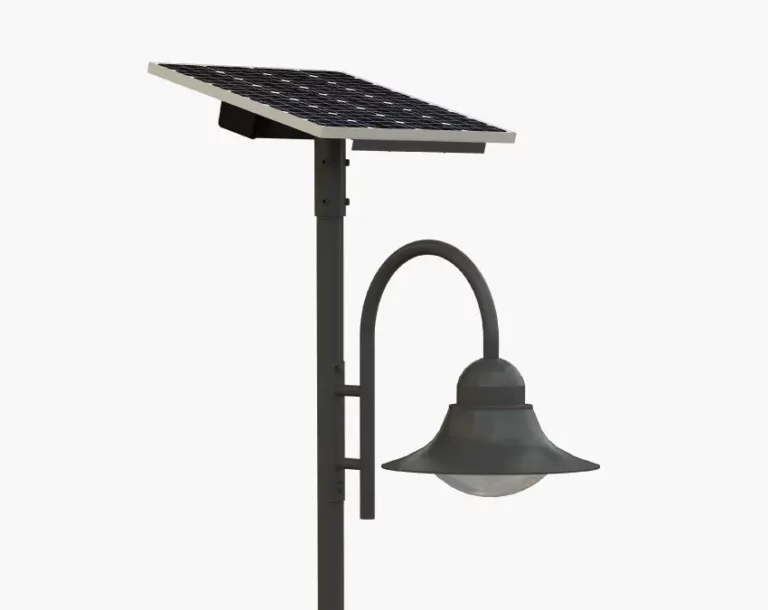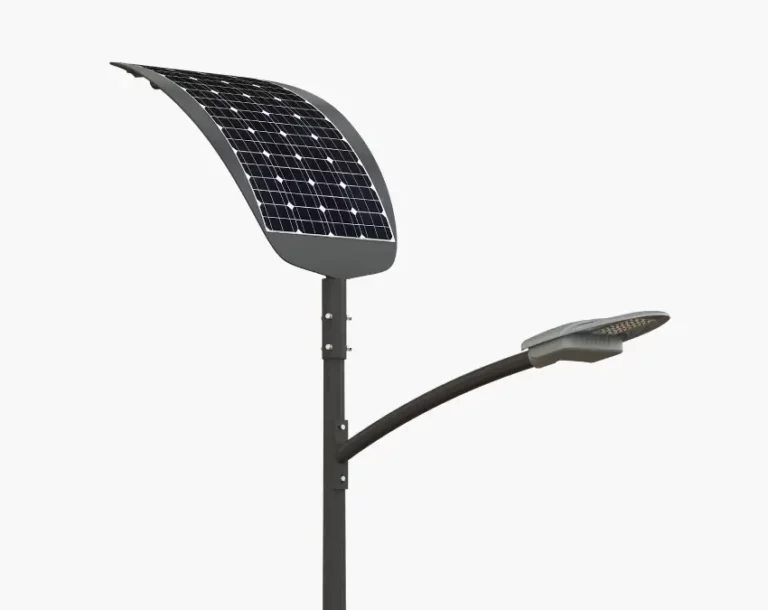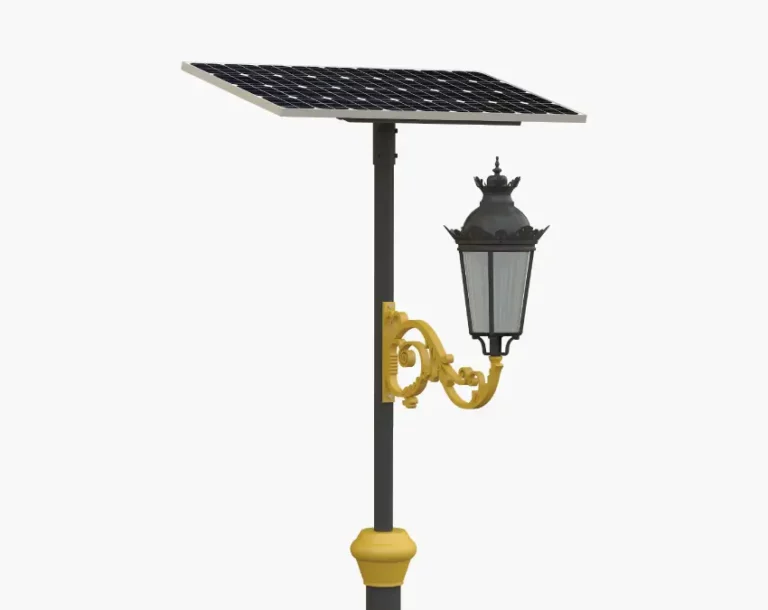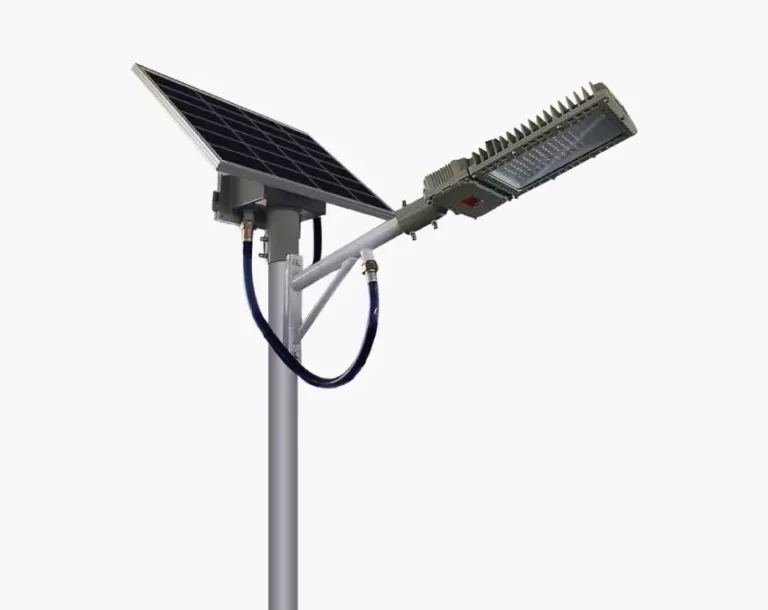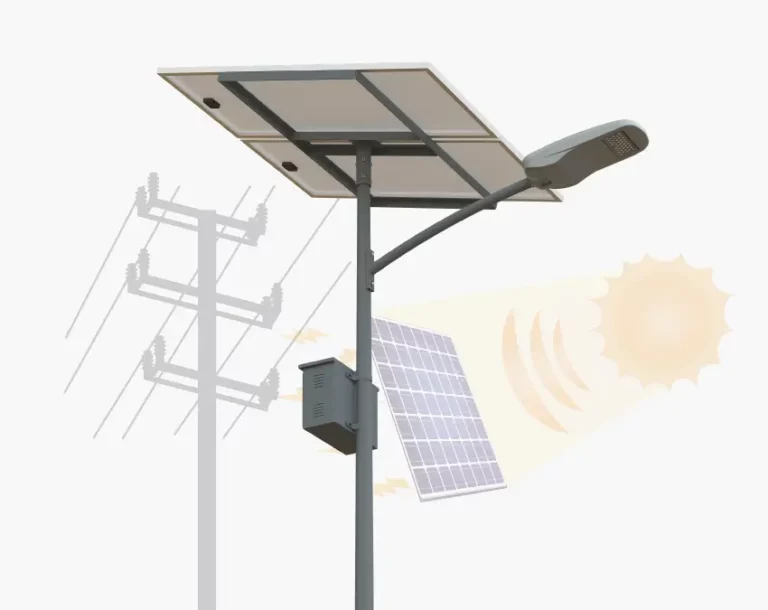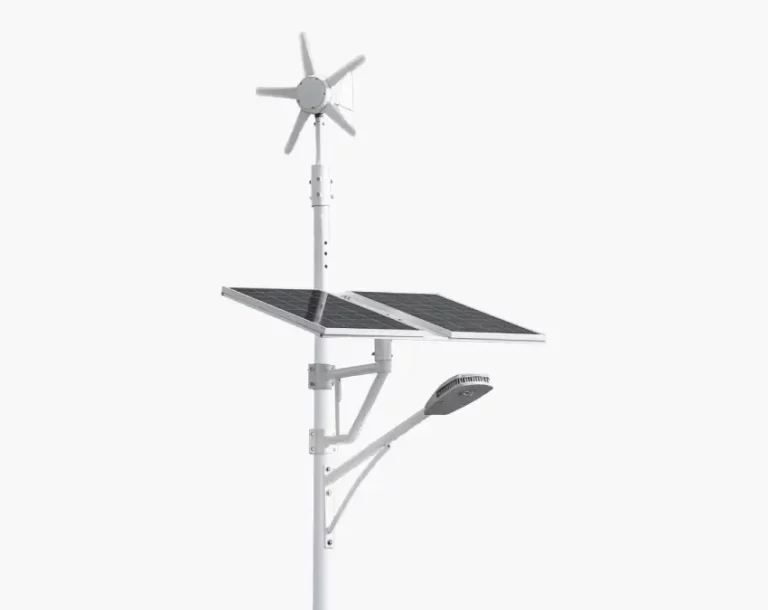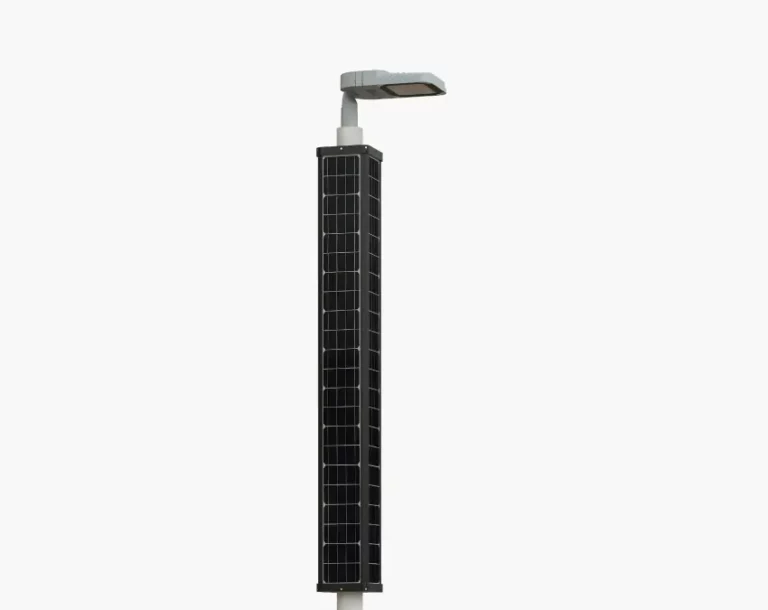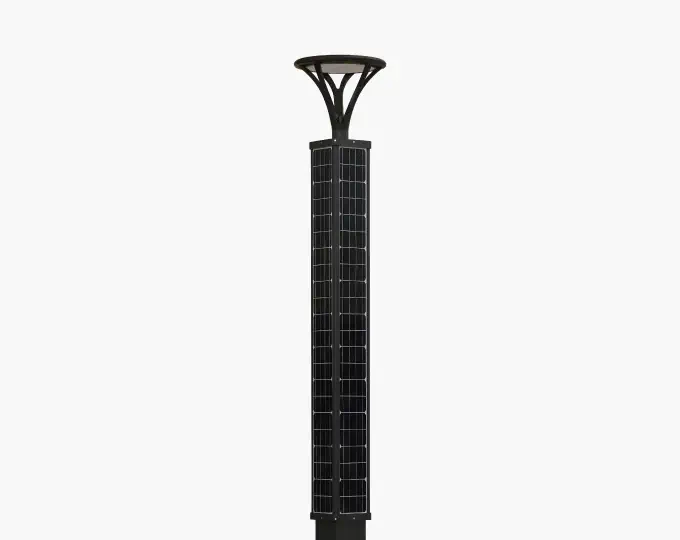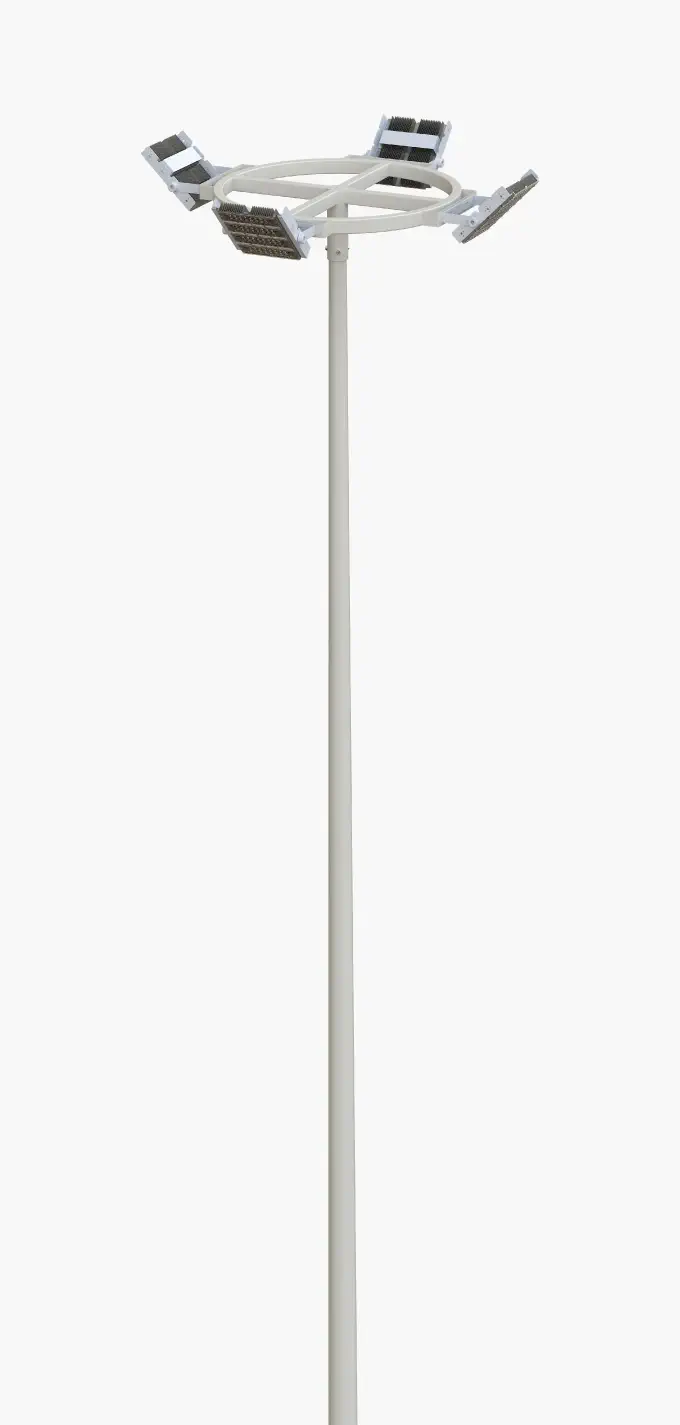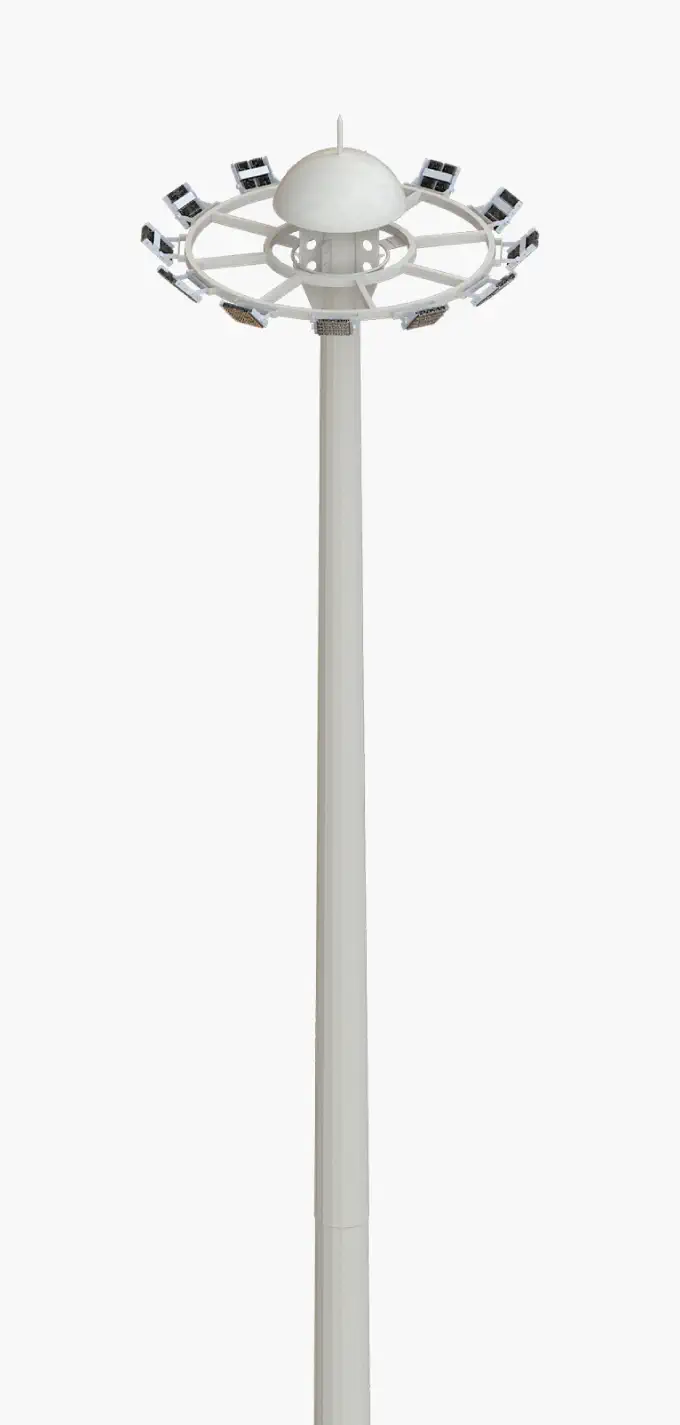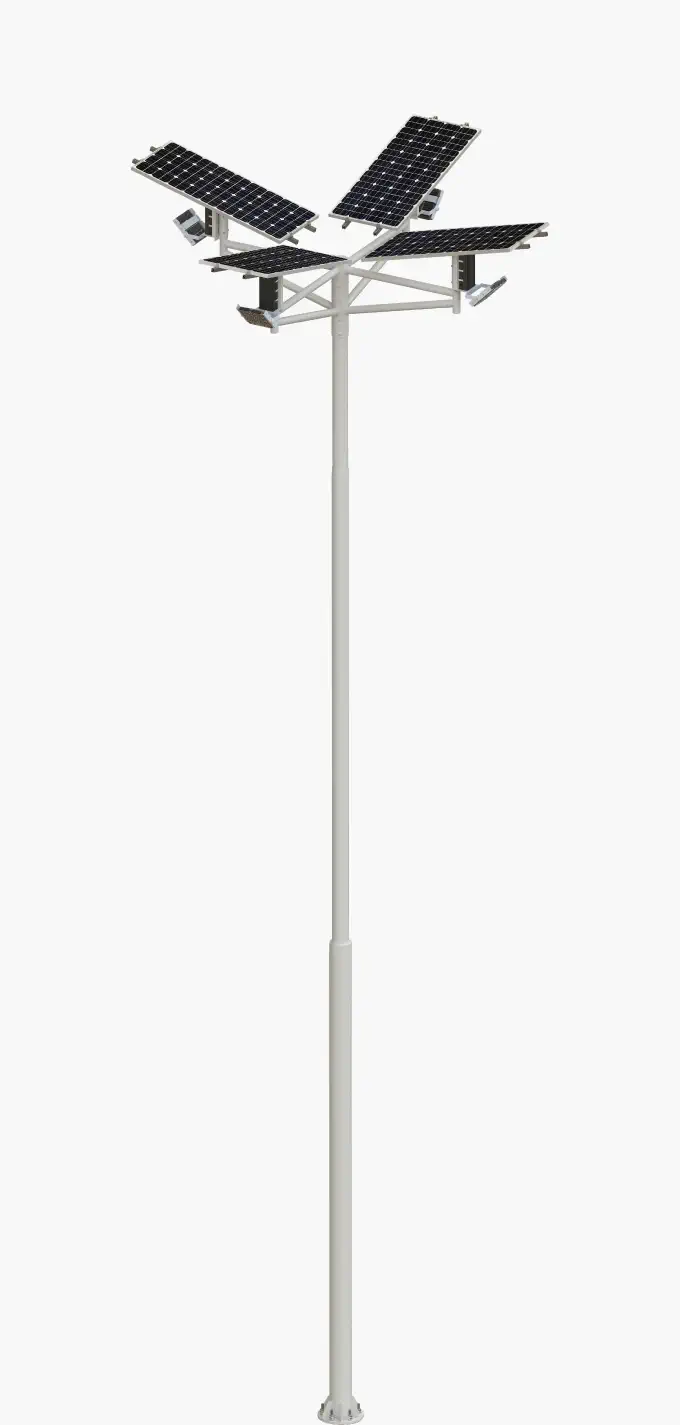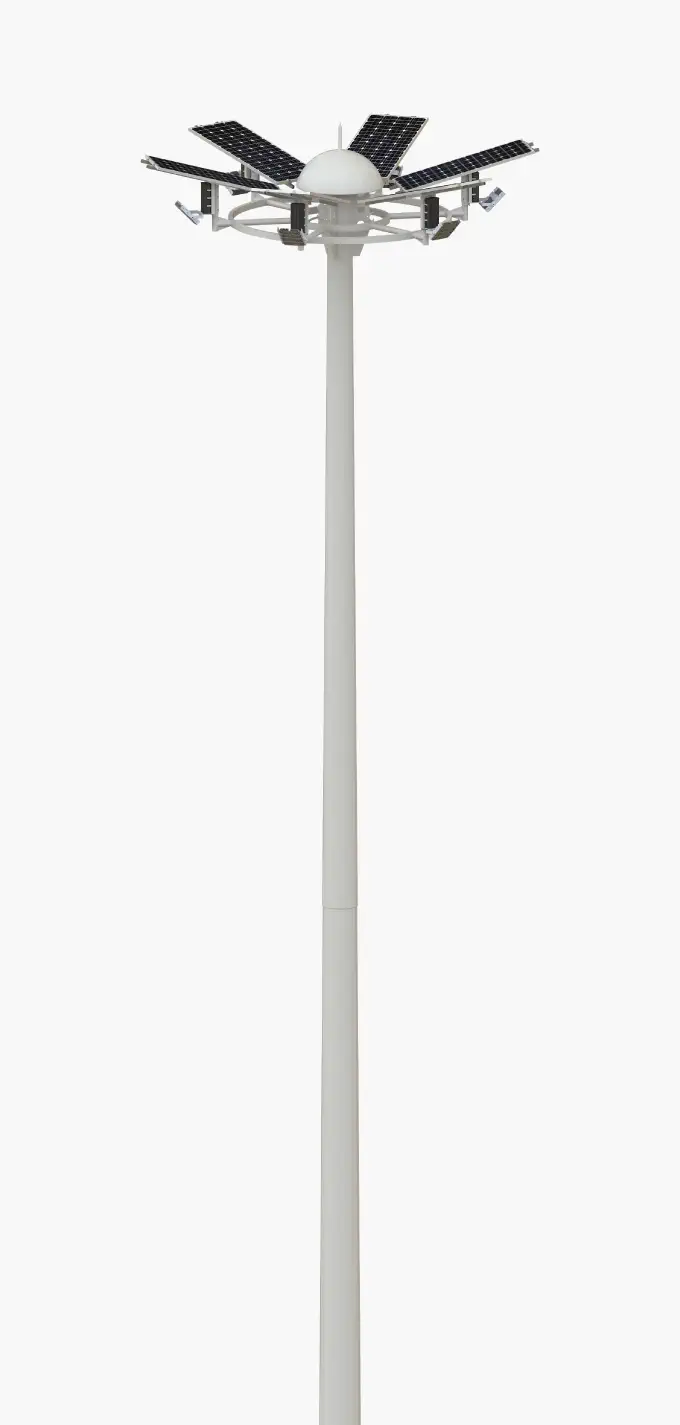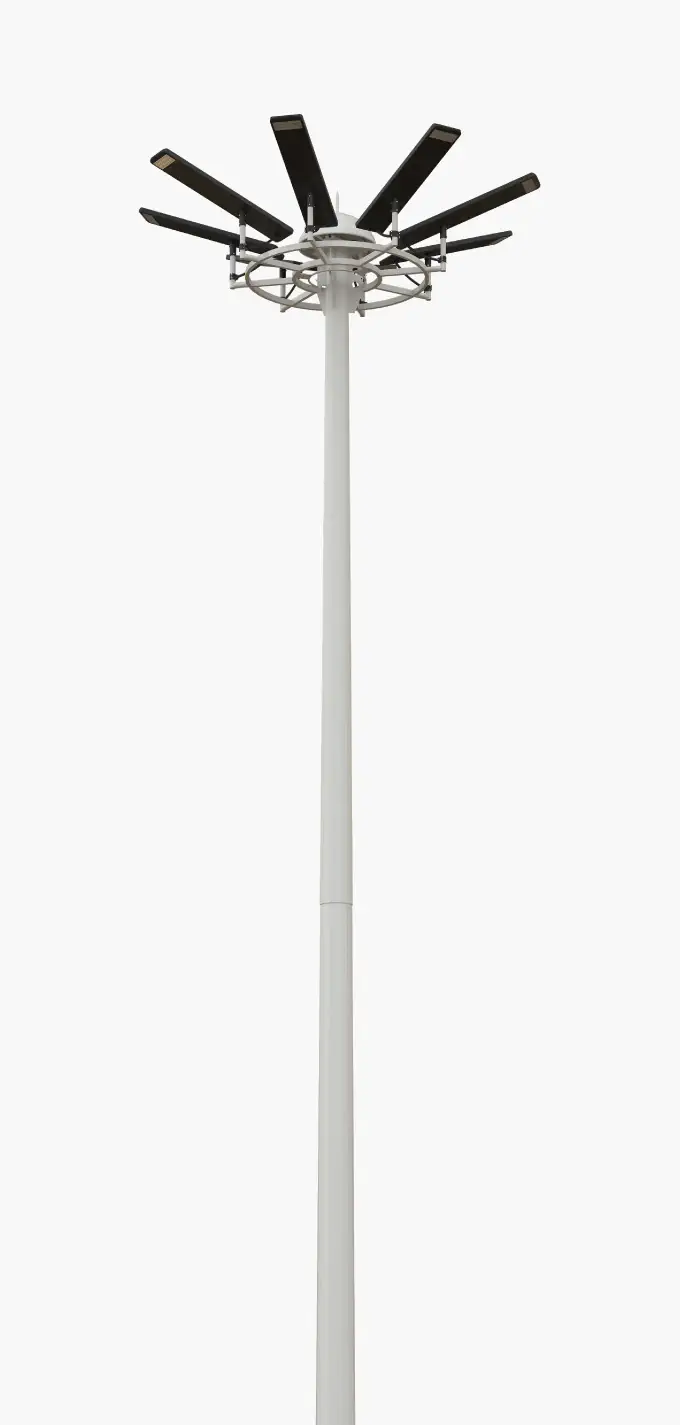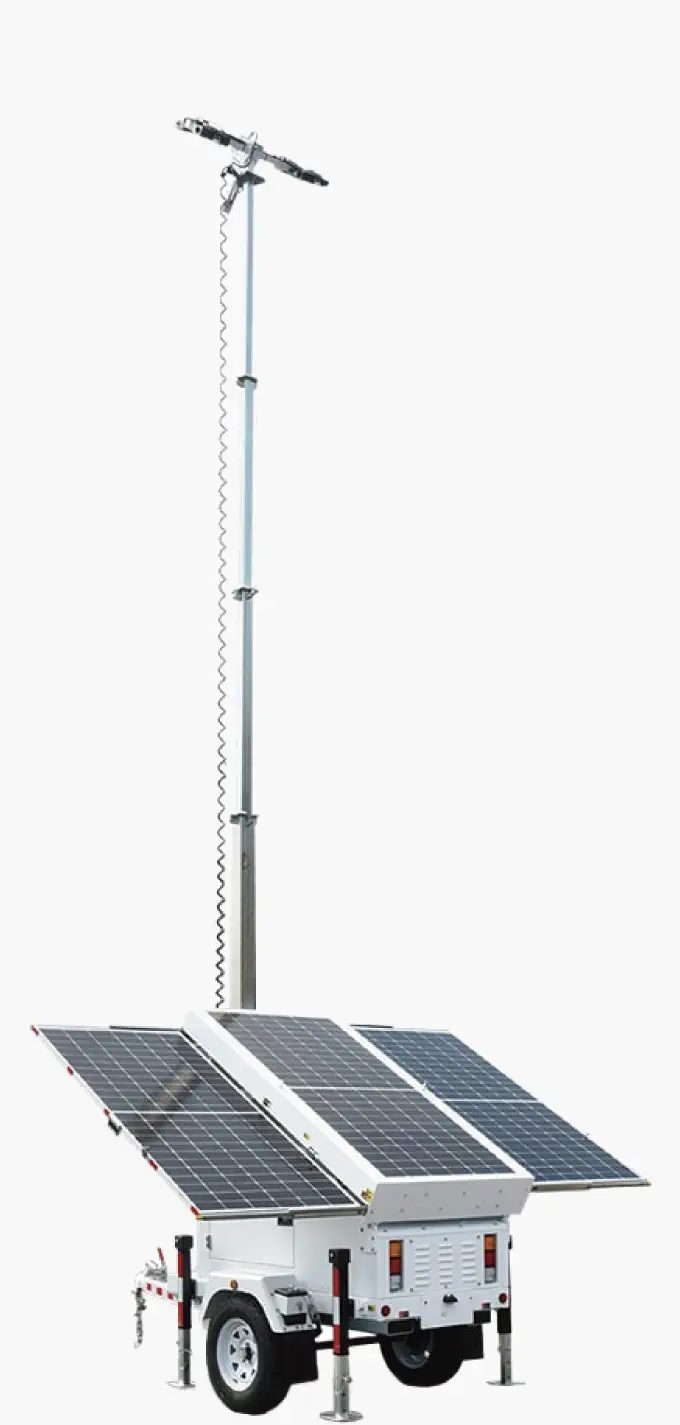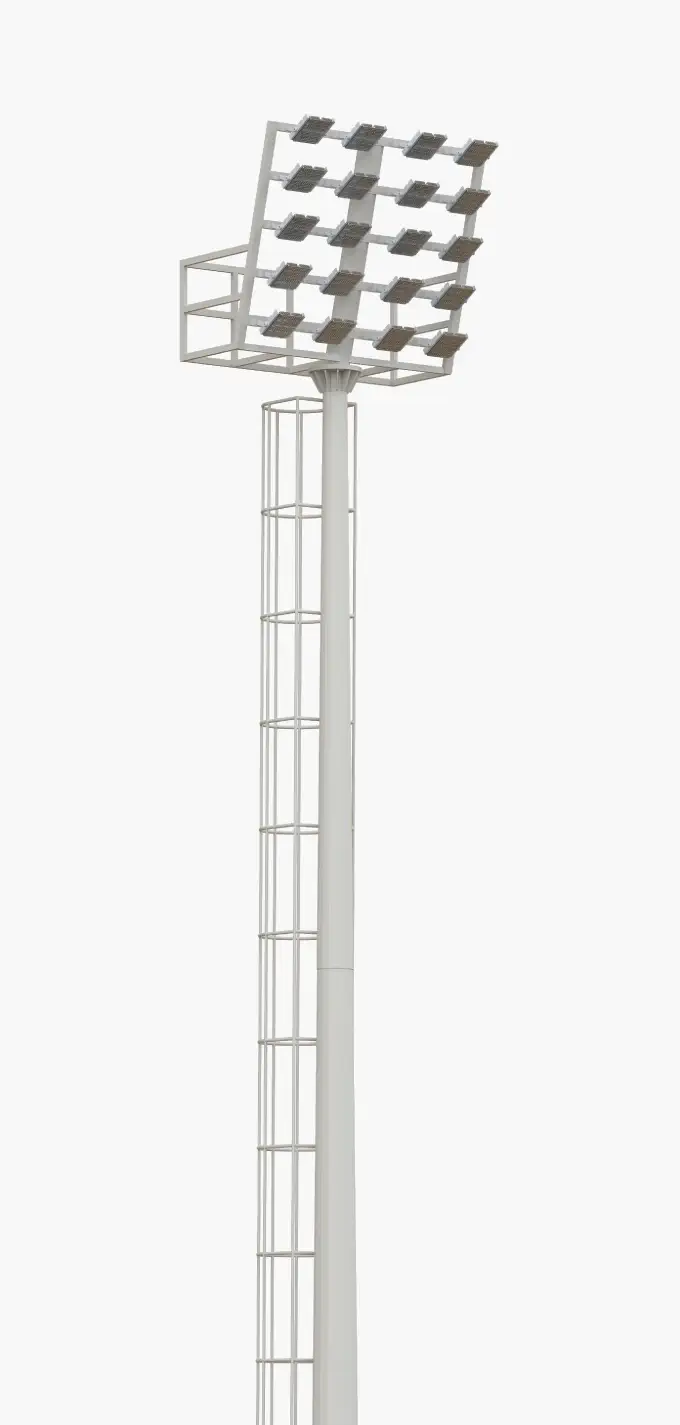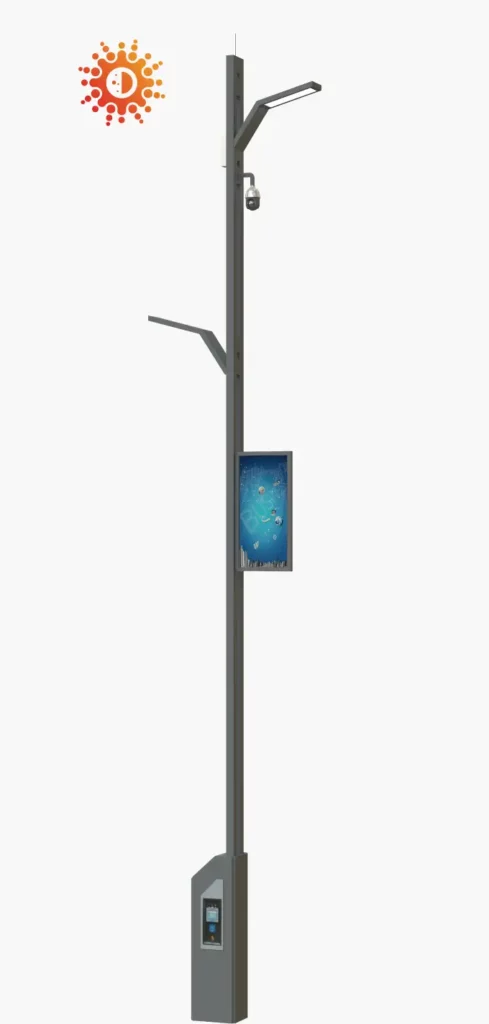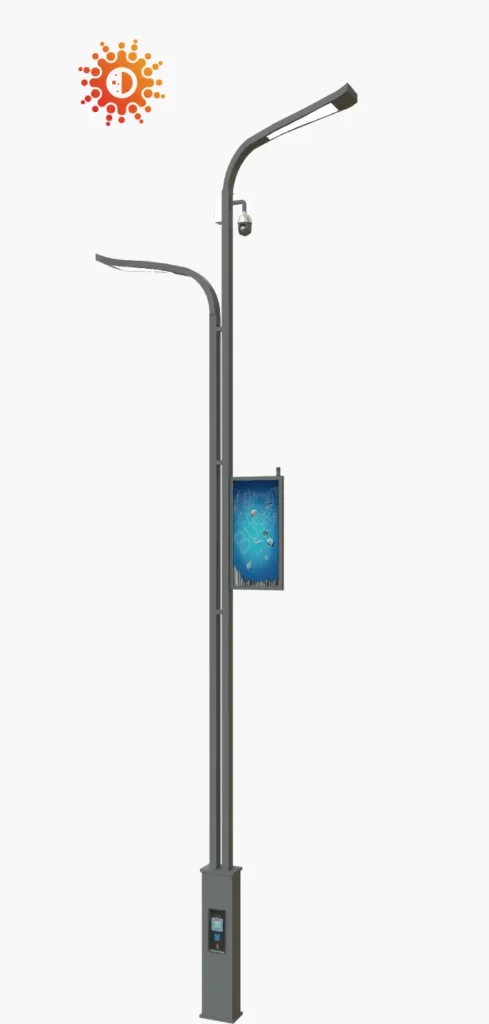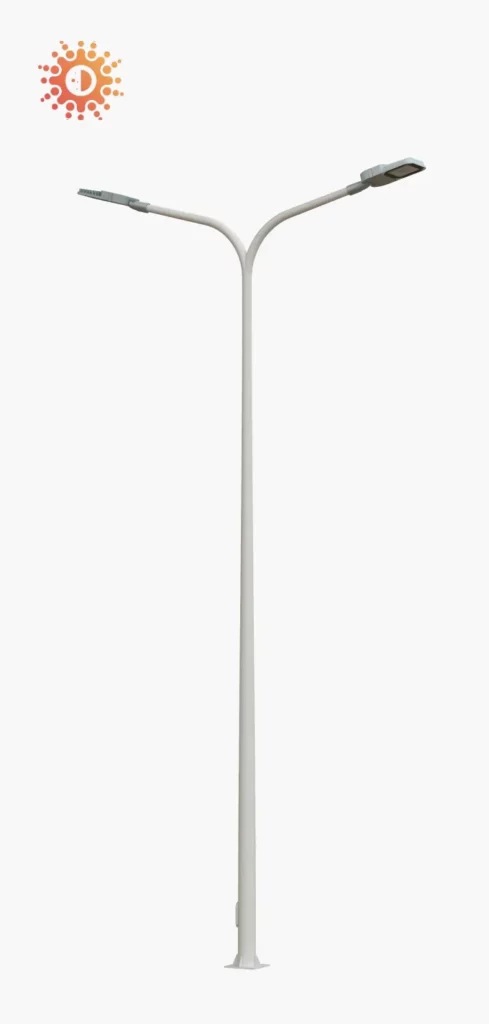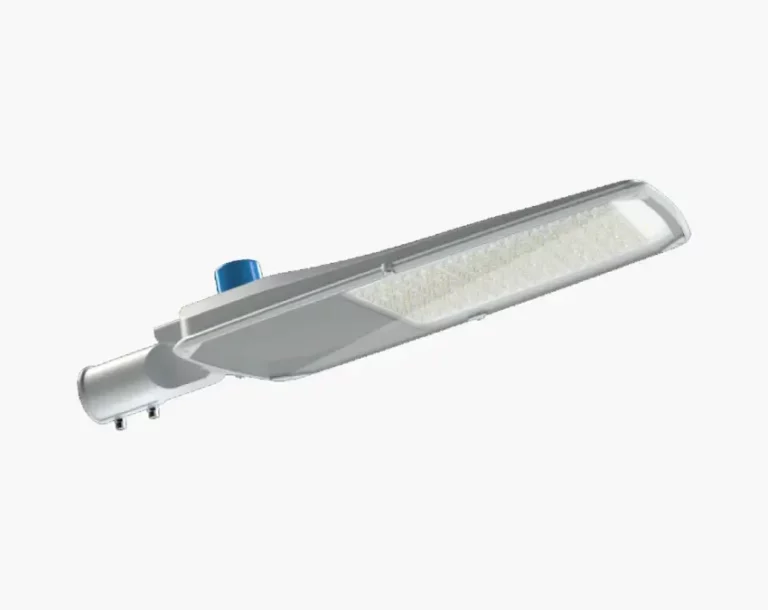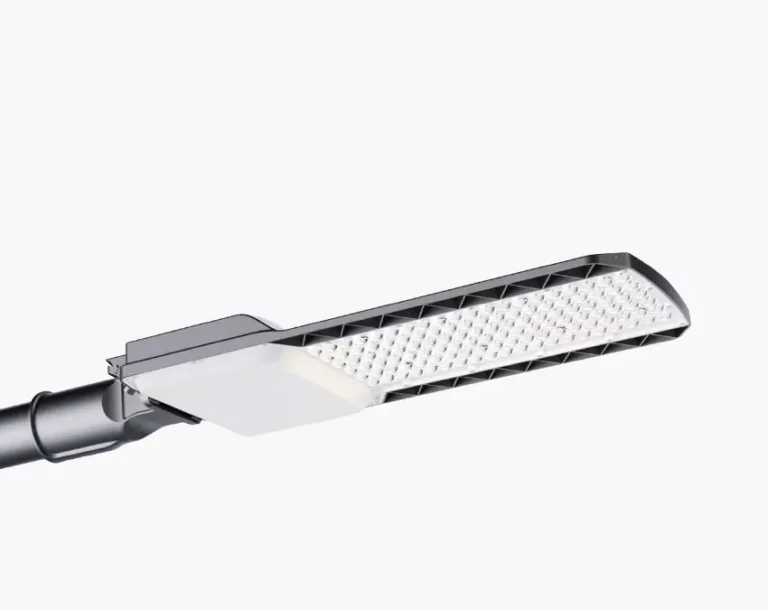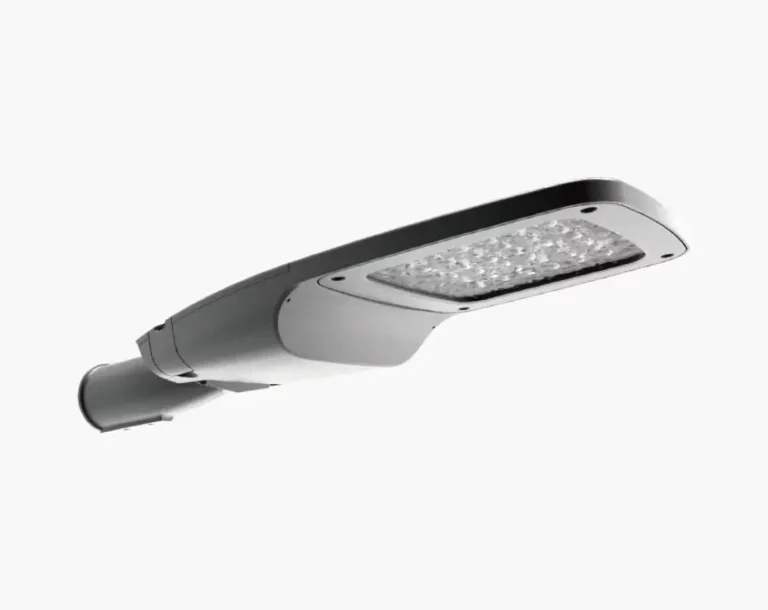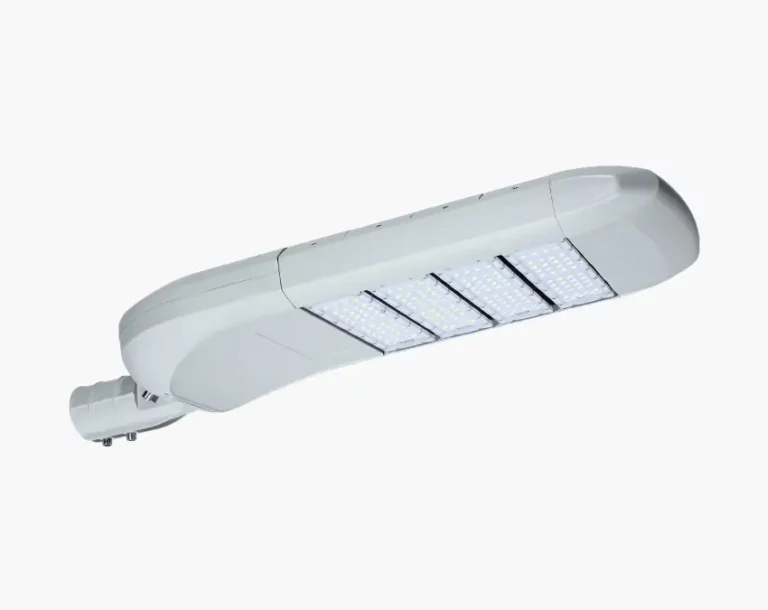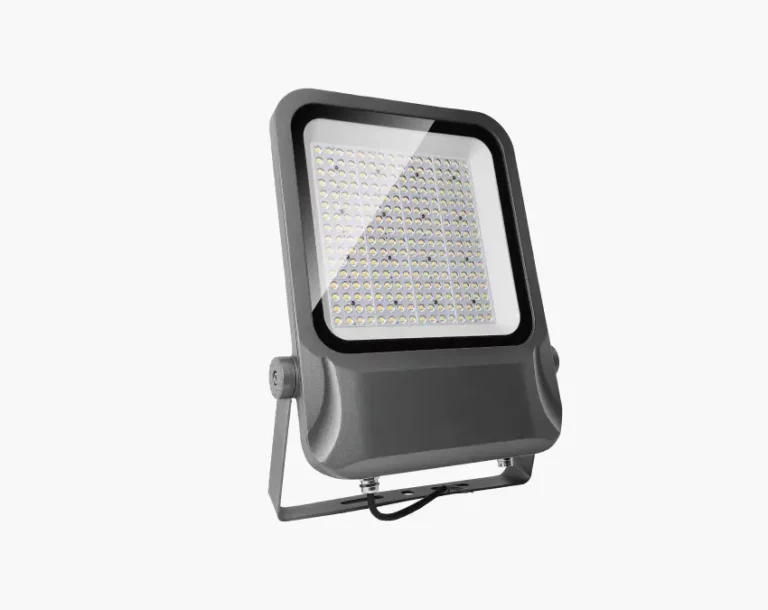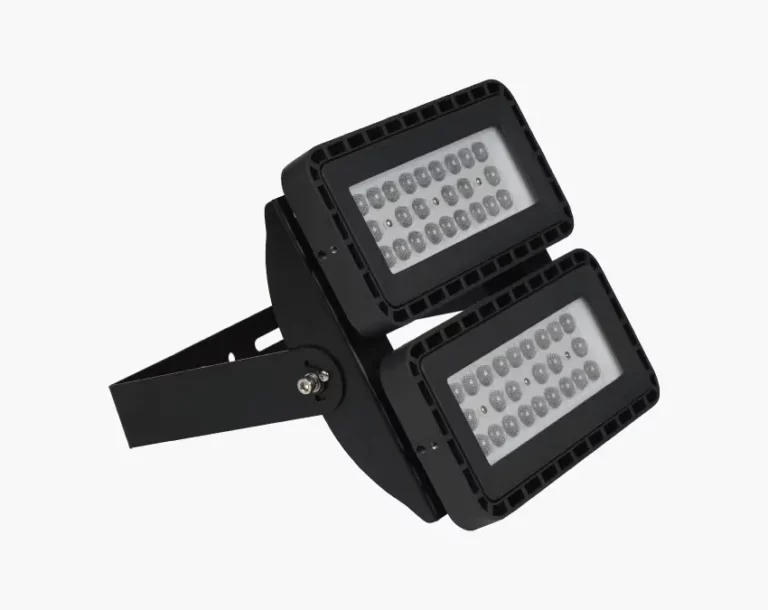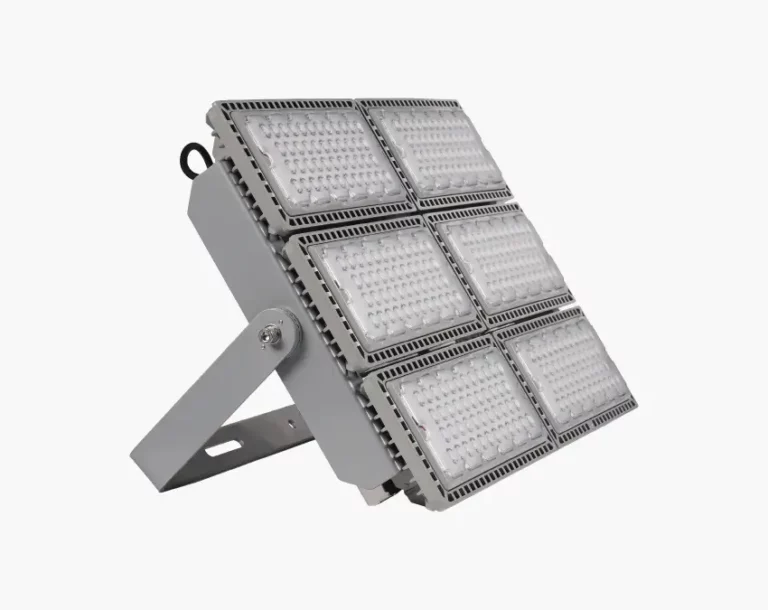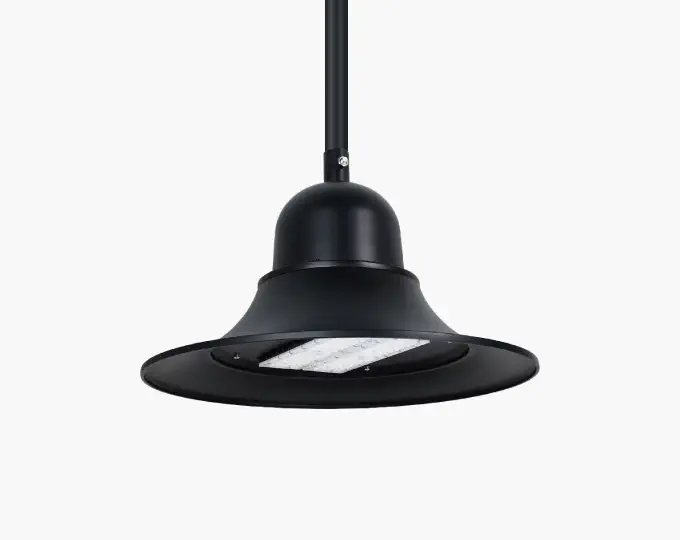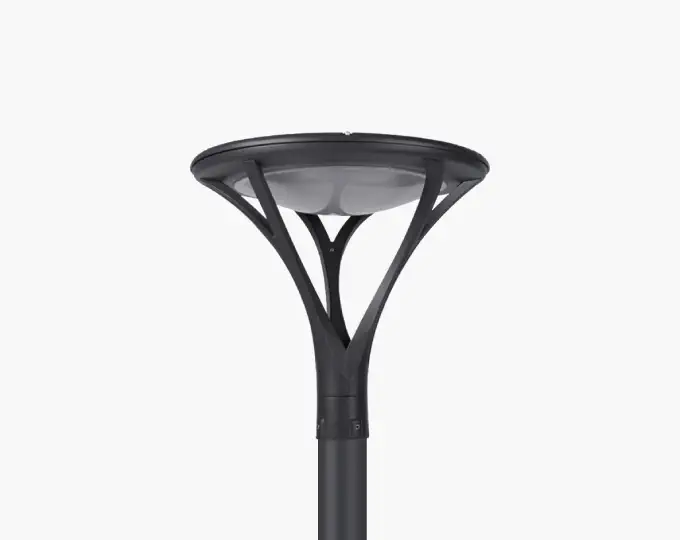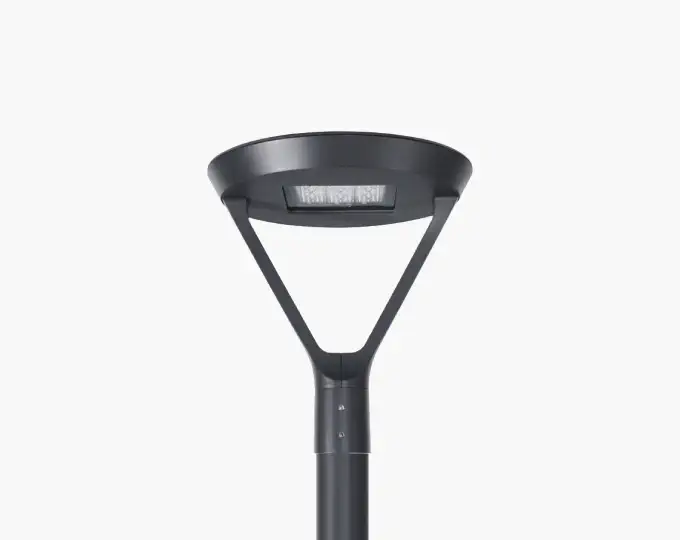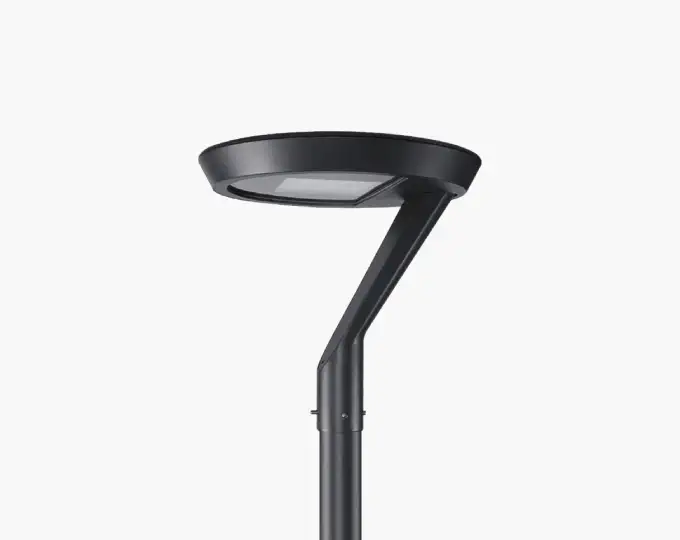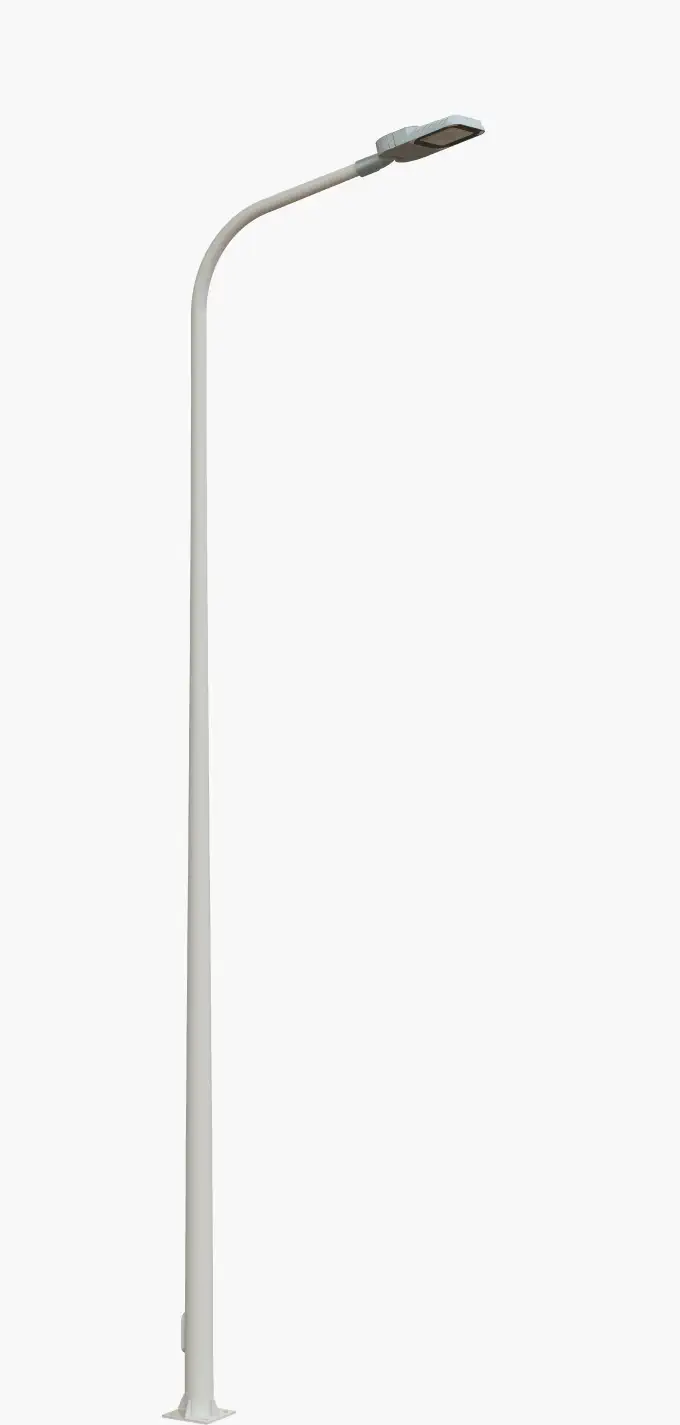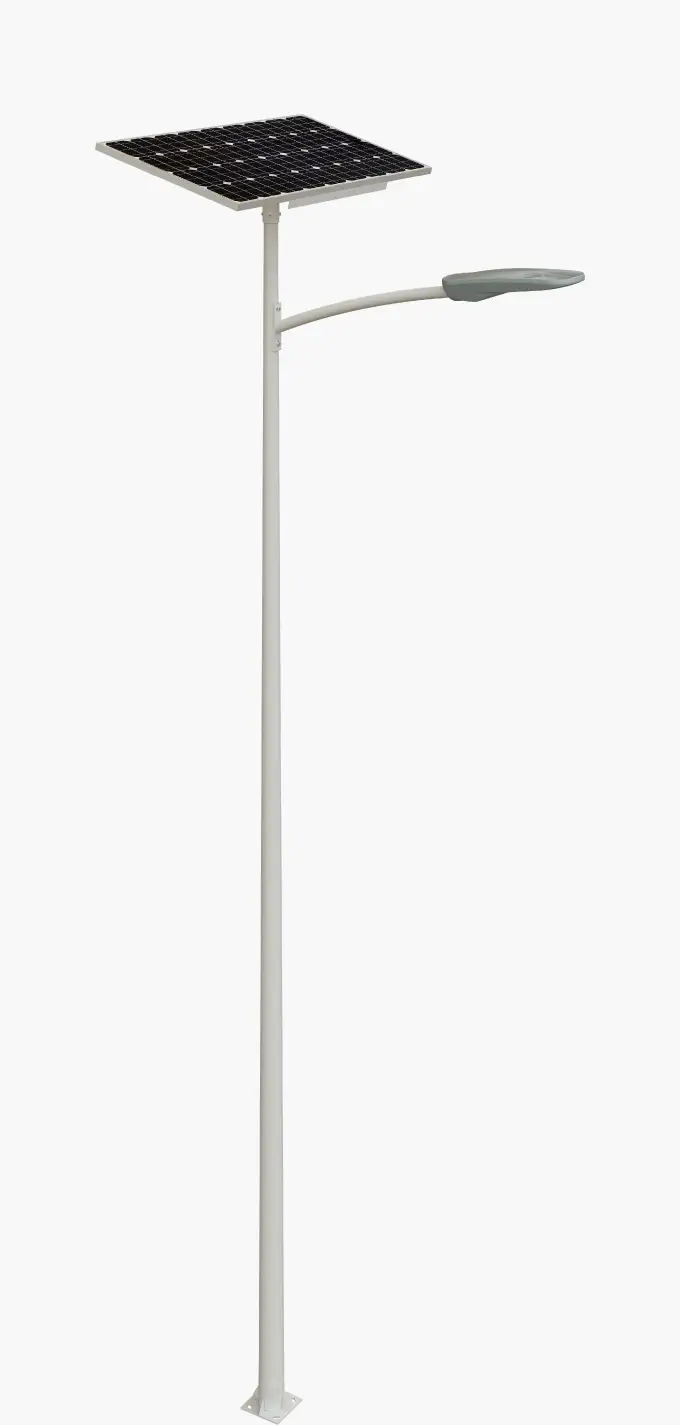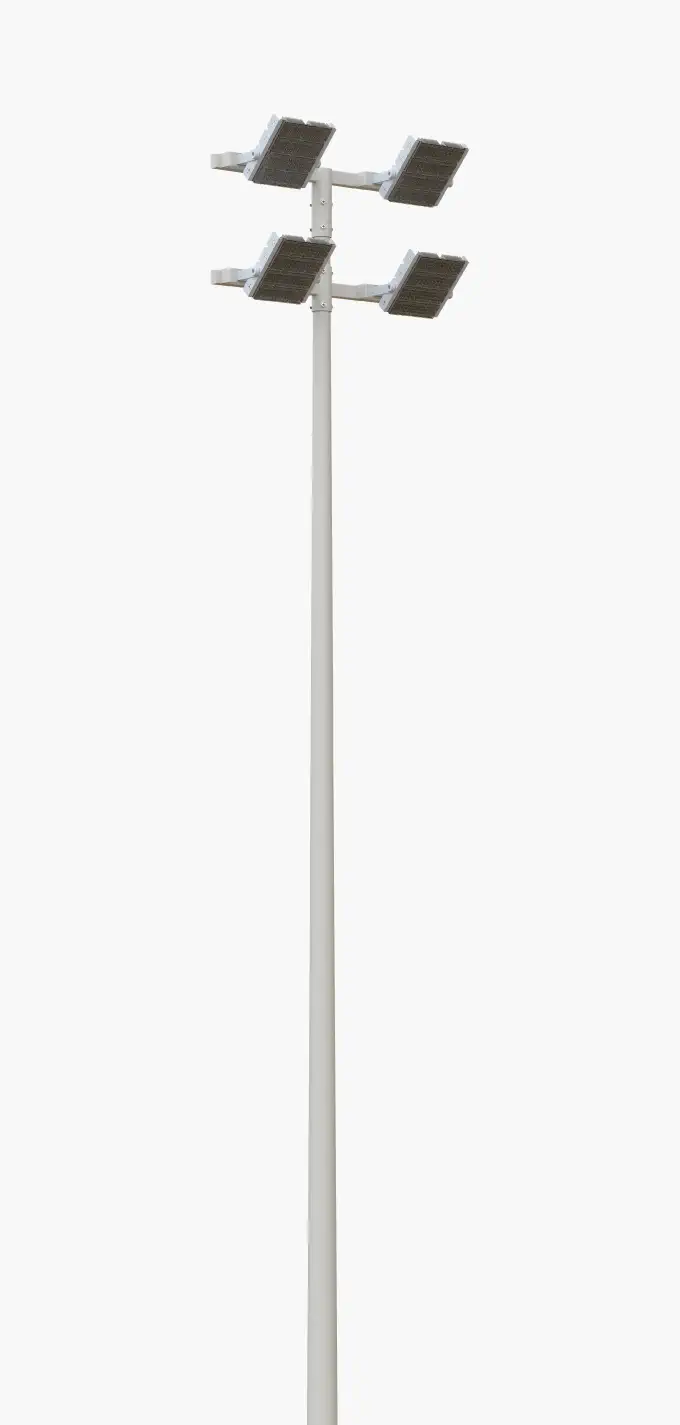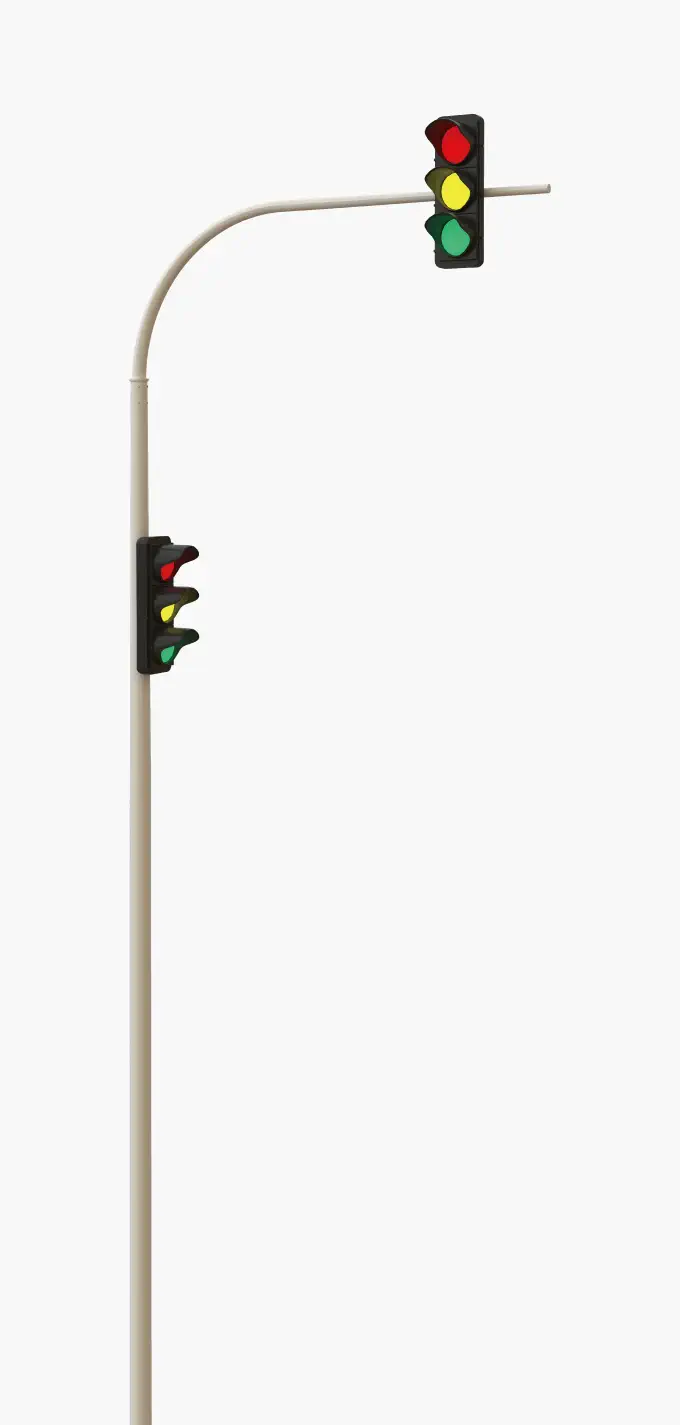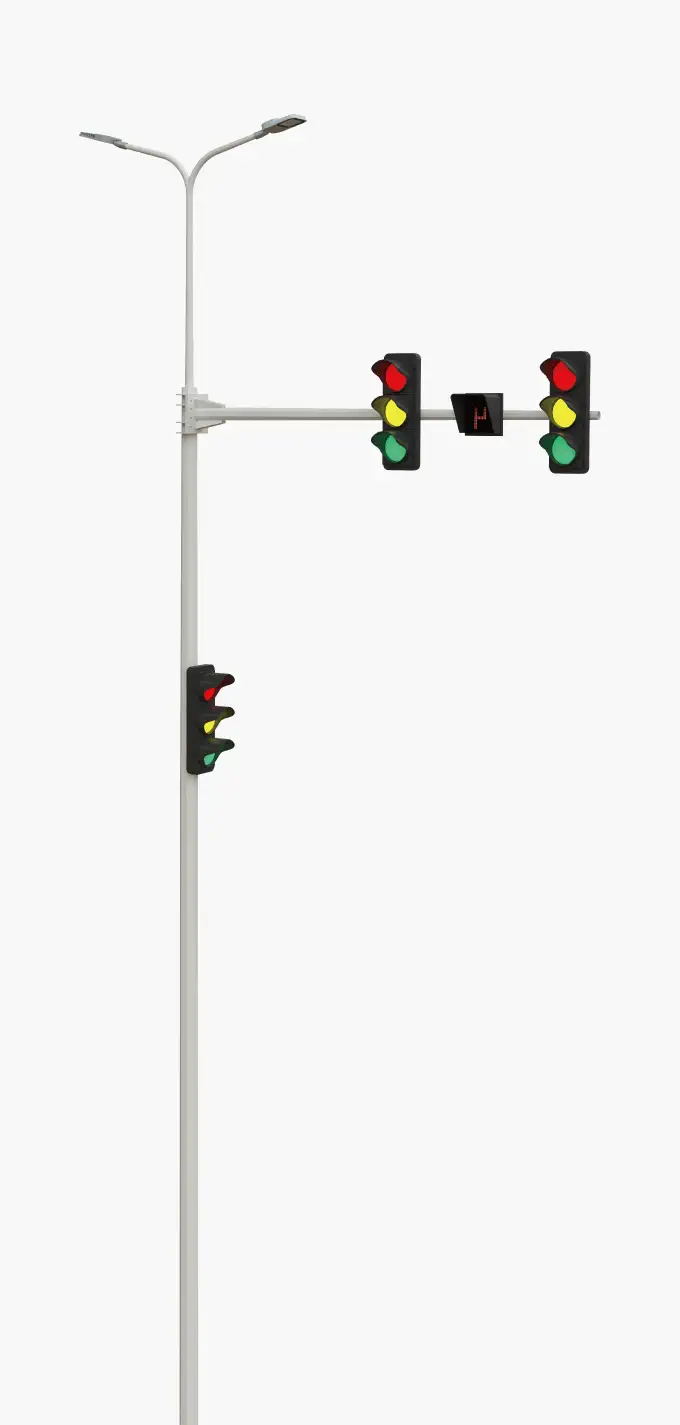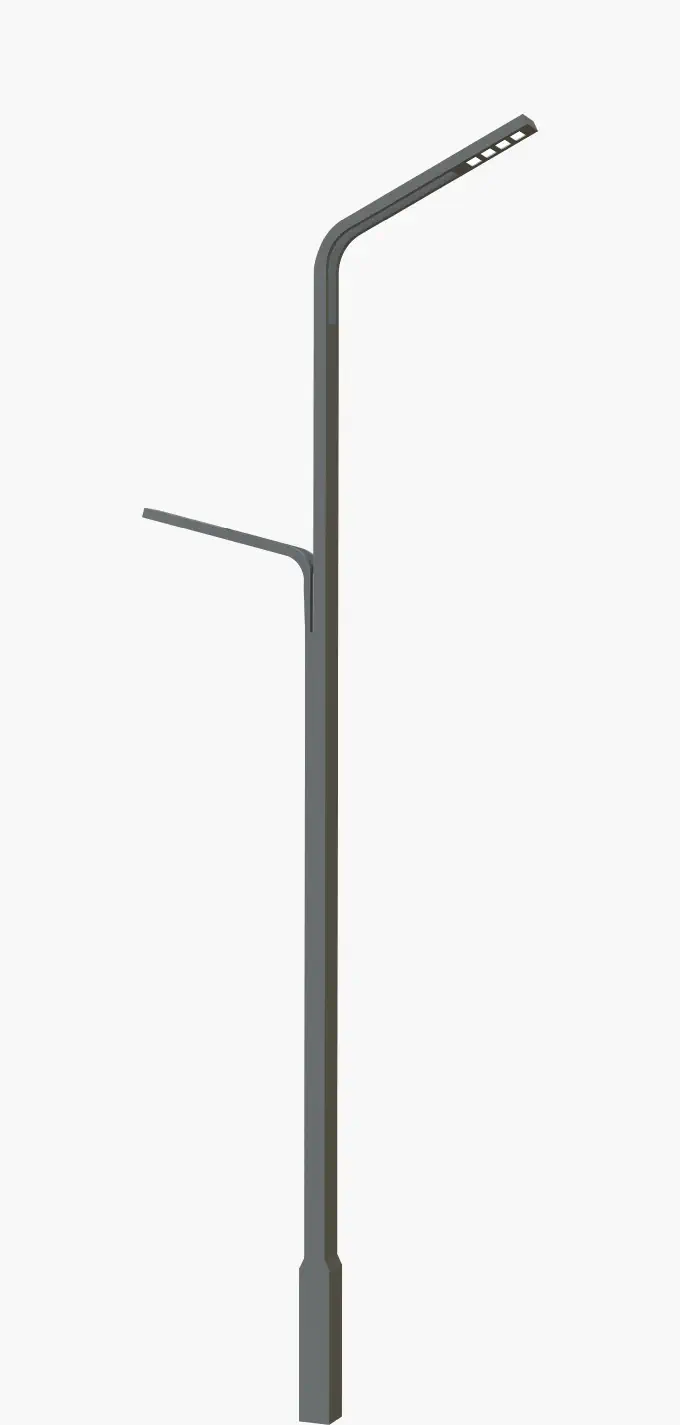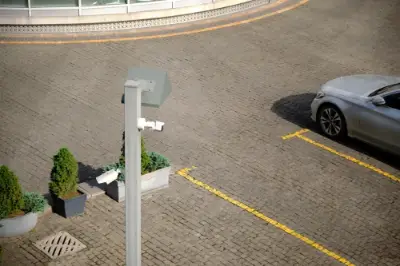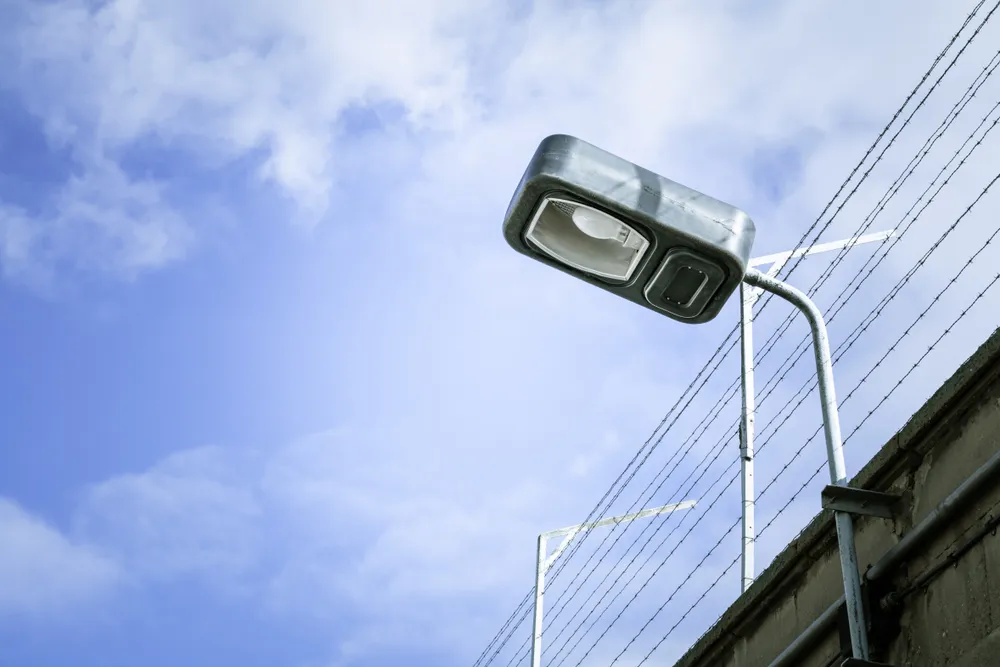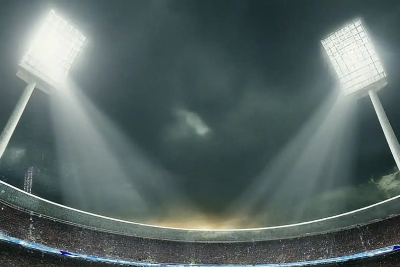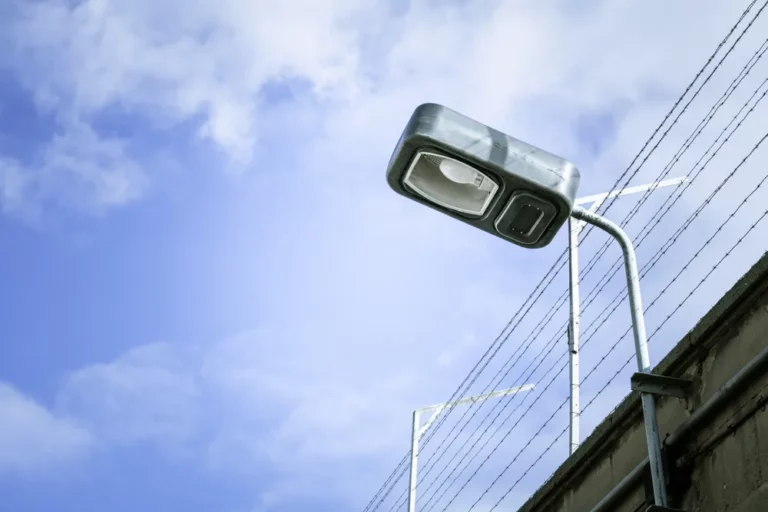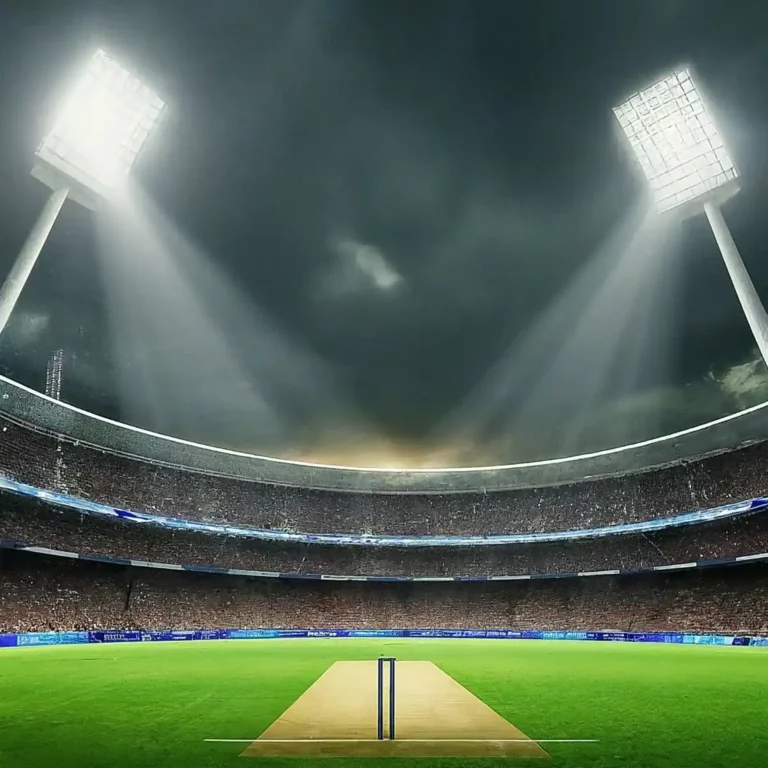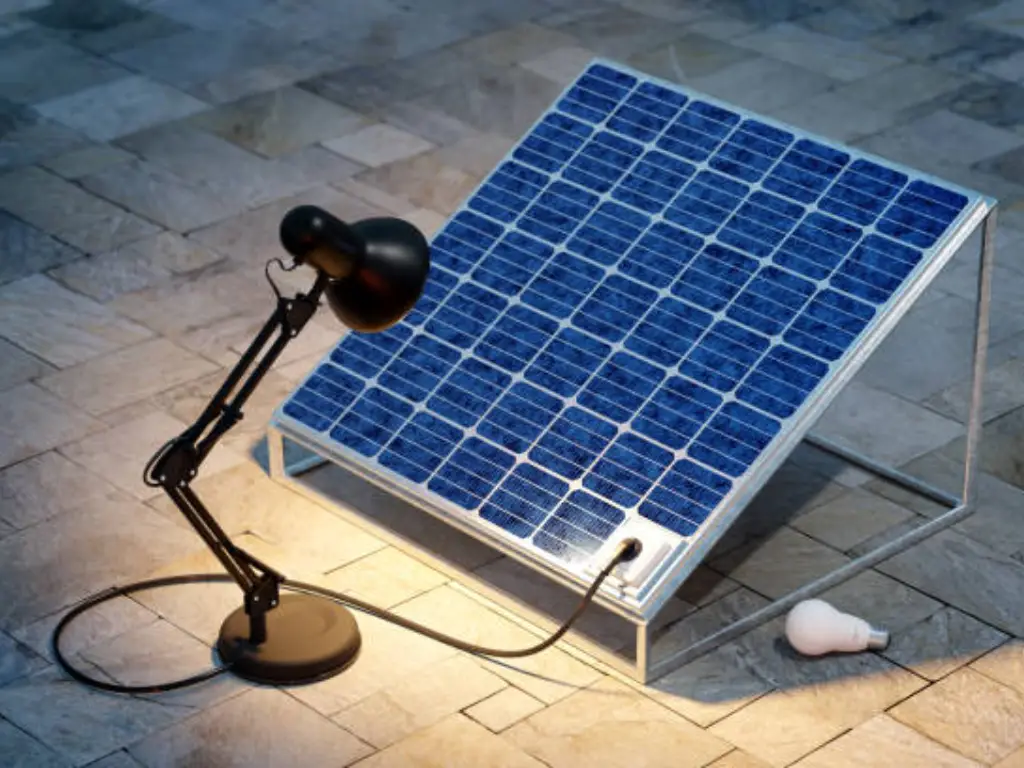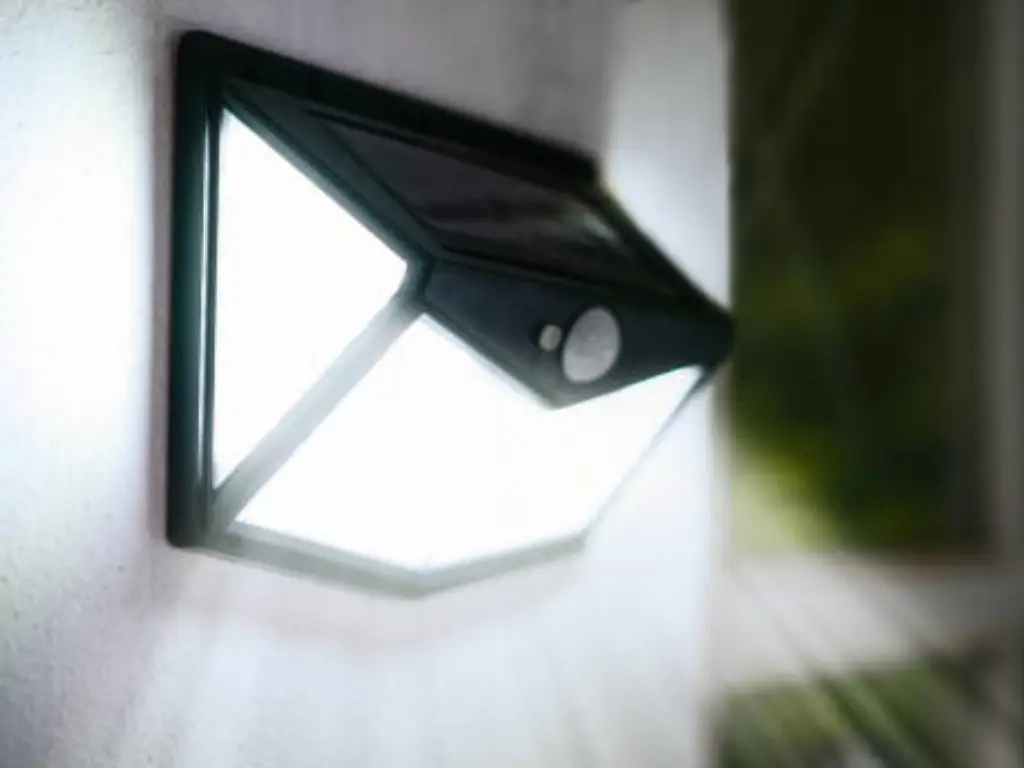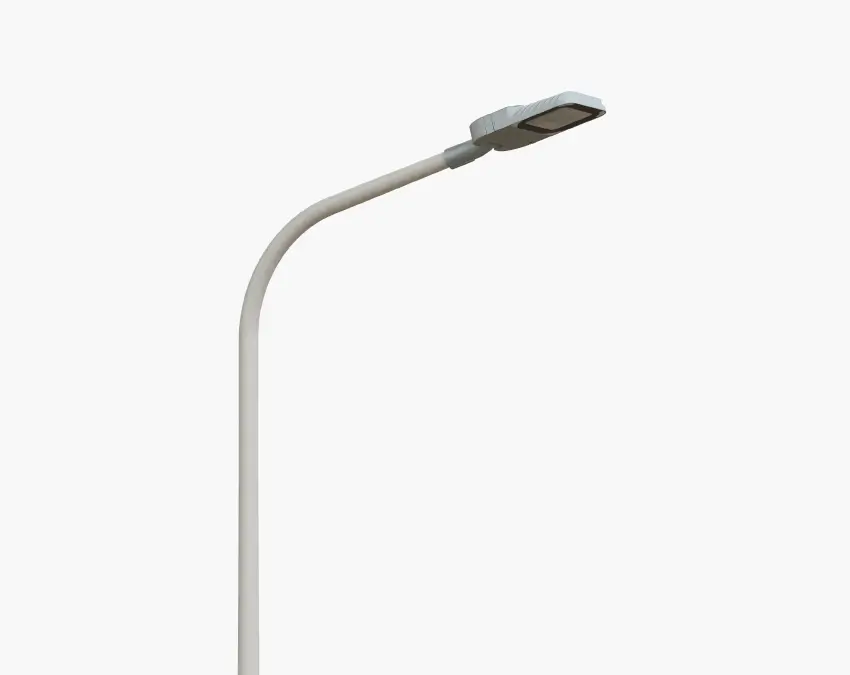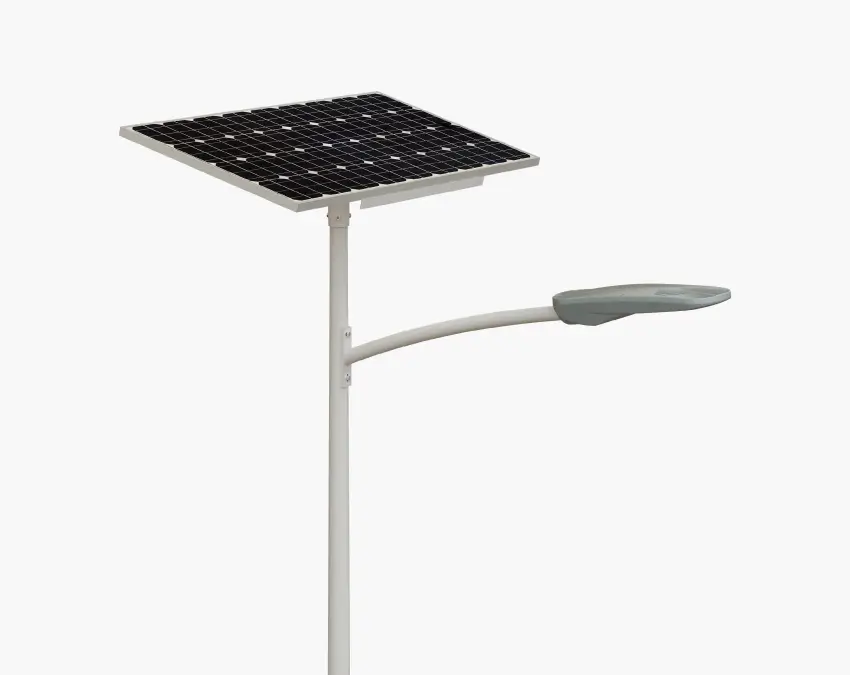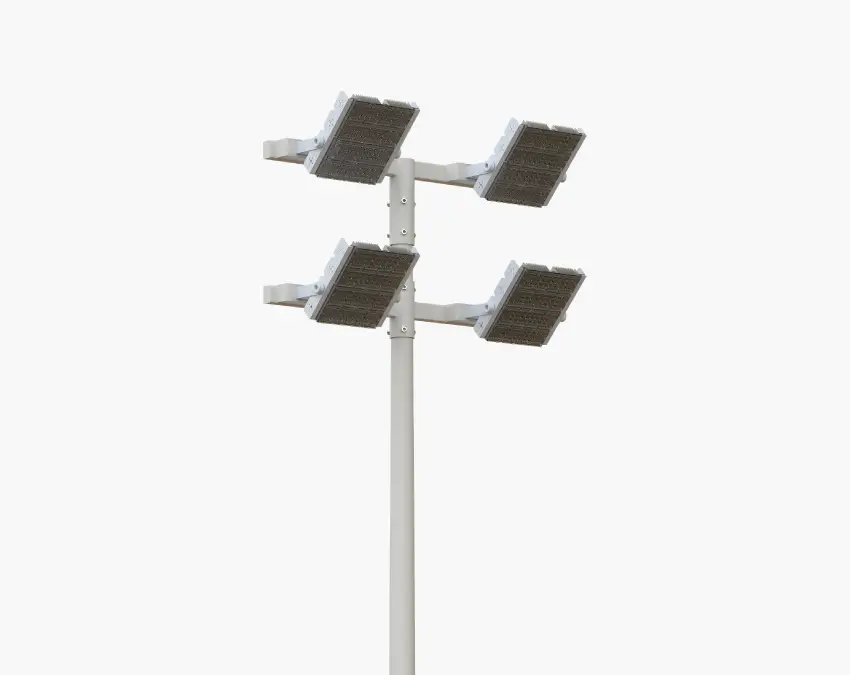Introduction
Solar lights serve as an excellent sustainable solution for outdoor illumination through solar power technology. The lights feature solar panels which contain photovoltaic cells. The solar cells in direct sunlight transform sunlight into electricity that gets stored in solar batteries. The solar panel surface receives sunlight to initiate this process. The charging efficiency of solar lights decreases when there is no sunlight but the devices will operate under suitable environmental conditions.
Solar lights maintain their ability to charge even when the weather is overcast but they require longer charging periods under these conditions. The solar panels’ surface collects indirect sunlight yet produces significantly less power than direct sunlight. The performance of solar lighting suffers during winter months and periods of winter weather because natural sunlight becomes scarce. Learning to charge solar lights without sunlight provides valuable knowledge for maintaining outdoor illumination during periods of limited sunlight.
Can Solar Lights Charge Without Sun? The Basics Explained
Solar lights function to charge even when sunlight is indirect yet their charging performance becomes substantially diminished. Solar lighting systems obtain their primary energy from solar energy which solar panels capture. Solar lights maintain the ability to absorb sunlight even when it is not direct on a cloudy day. The amount of energy generated from this light source falls far below what full sunlight provides. The solar panel’s photovoltaic cells continue to gather available energy although the charging process will become substantially longer.
The process of charging solar lights requires solar batteries which can receive power from artificial lighting when direct sunlight is scarce. Solar lights can be charged through incandescent bulbs or LED light sources when sunlight is not accessible. The efficiency of solar charging through artificial light falls short of direct sunlight because artificial light produces different wavelengths and intensity of light. The use of indoor lighting for battery charging remains inefficient yet provides a temporary solution to maintain solar light operation.
5 Effective Ways to Charge Solar Lights Without Direct Sunlight
Using Light Bulbs (Incandescent or LED) to Charge Solar Lights
Artificial lighting stands as the most effective method to power solar lights when sunlight is not available. Incandescent lights together with LED light bulbs function as suitable power sources for solar lighting devices. The photovoltaic cells in solar panels located beneath a light bulb will absorb emitted light but this process occurs more slowly than when exposed to direct sunlight.
Solar lights charge speed depends heavily on the wattage rating of the bulb used for charging. The energy delivered to solar panel surfaces increases proportionally with the wattage of the bulb used. The charging process of solar lights works best under direct sunlight yet standard power bulbs can help your lights gain additional charge during periods of low sunlight. The solar lighting system requires this approach as a short-term solution.
Reflective Method: Boost Solar Light Charging with Reflectors
Using reflectors provides an excellent method to boost the charging efficiency of solar lights when direct sunlight is not available. Placing reflective surfaces around the solar panel enables you to redirect artificial light or indirect sunlight toward the solar panel surface. The amount of light that reaches photovoltaic cells increases through this method, which leads to better energy intake by your solar lights.
The use of aluminum foil or reflective tape as reflectors enhances solar panel charging by redirecting light back to the panels. The technique proves most effective when there is reduced sunlight exposure or when the sky remains overcast. The use of reflectors enables solar lights to extract maximum power from restricted light sources in your surroundings even when natural sunlight is insufficient. The method serves as an easy solution to enhance charging performance under low sunlight conditions.
Charging Solar Lights with a Battery Charger (For Detachable Batteries)
You can use a battery charger to power detachable batteries inside solar lights.
Solar lights contain detachable solar batteries that allow independent charging without the solar panel. You can take out the rechargeable batteries from your solar lights to charge them with a battery charger when sunlight becomes insufficient for charging. The detachable battery charging method proves beneficial when solar energy levels drop because of weather conditions or reduced sunlight during winter.
A battery charger enables you to recharge solar lights without requiring any external light source. After charging the solar batteries you can replace them into your lights to obtain illumination. The method guarantees your solar powered objects will operate properly even when solar panels cannot capture adequate solar power from dim light conditions.
Using a Flashlight or High-Powered Torch to Charge Solar Lights
A flashlight or high-powered torch serves as an alternative method to charge solar lights when direct sunlight is unavailable. The solar panel absorbs light energy from flashlights because they focus their illumination. You can activate solar panel charging by aiming the flashlight beam at the panel surface to mimic solar energy absorption, but this method delivers less effective results than direct sunlight. It’s not the best way to charge solar lights, but it can be useful in a pinch. The amount of energy that solar panels absorb depends heavily on the brightness level of the flashlight.
Using a powerful torch or increasing the flashlight brightness enhances the speed at which solar lights charge. This approach functions as a short-term solution, especially when there isn’t enough sunlight due to cloudy weather, but it should not be treated as a permanent charging method. The charging method works best to increase solar light power quickly when there is limited sunlight exposure or when weather conditions are cloudy.
Charging Solar Lights with a Power Bank (For USB-Compatible Lights)
A power bank enables you to charge solar lights which have built-in USB ports. Using a USB port to charge solar lights is the most efficient solution when sunlight becomes scarce. A USB charger or power bank enables you to charge your solar lights without requiring solar panels. Your solar lights receive their power supply directly from the power bank. The USB charging capability of solar LED lights and solar wall lights makes this charging method highly effective, especially when outdoor lighting conditions are poor due to cloudy weather or nighttime.
The use of a USB charger enables solar lights to receive power indoors regardless of outdoor weather conditions. The system functions reliably as an alternative power source whenever solar panels fail to produce sufficient solar power because of inadequate sunlight. The USB charging option is an excellent alternative power source when solar charging becomes less effective due to weather conditions.
| Method | Description | Best Conditions/Usage | Efficiency Level | Notes |
| Using Light Bulbs (Incandescent or LED) | Use artificial lighting to charge the solar panel. | When there is no sunlight available, especially on cloudy days. | Moderate to Low | Depends on bulb wattage and proximity to the light source. |
| Reflective Method | Use reflectors to redirect light towards the solar panel surface. | When sunlight is minimal or during cloudy weather. | Moderate | Reflective materials like aluminum foil or tape work best. |
| Charging with Battery Charger | Detach batteries and charge them directly with a battery charger. | When solar energy is insufficient, during winter months or overcast weather. | High | Only works for solar lights with removable batteries. |
| Using Flashlight or High-Powered Torch | Charge solar lights using a flashlight or torch. | For quick power boosts when sunlight is not available or cloudy weather. | Low | A temporary solution for urgent power needs. |
| Charging with Power Bank | Charge solar lights with a USB charger or power bank. | When solar energy is not available, or during nighttime or cloudy weather. | High | Works well for solar LED lights or solar wall lights. |
Maximizing Efficiency: Tips for Charging Solar Lights in Winter
The reduced amount of sunlight during winter months creates difficulties for solar lights because of their dependence on solar energy. The effectiveness of your solar lighting devices during winter requires you to maintain clean solar panels as your first step. The surface of the panels becomes obstructed by snow, ice, or dirt, which stops them from collecting sufficient solar energy. A microfiber cloth serves as the best way to clean water off the panels and remove any debris, ensuring that the panels can absorb as much sunlight as possible.
The effective operation of solar lights depends heavily on proper placement in direct sunlight. Solar lights continue to generate power from sunlight throughout winter because you should position them either in areas with reflected light or areas receiving indirect sunlight. The use of reflective materials together with artificial lighting serves as an effective alternative to maximize solar energy absorption. The proper implementation of these steps will optimize the solar energy absorption of your lights to maintain their operational efficiency.
Troubleshooting Solar Lights: Why They Don’t Charge and How to Fix It
The charging problems with solar lights stem from multiple factors including improper charging or complete lack of charging. Start by inspecting the solar panel to remove any accumulated dust or debris. A minimal amount of dust covering the photovoltaic cells will prevent light from reaching them, thus decreasing their operational efficiency. Use a microfiber cloth to clean the panel until it reaches maximum light absorption.
Solar batteries represent a possible problem in this system. The capacity of rechargeable batteries to store charge decreases as they age. The replacement of solar batteries becomes necessary when this situation occurs. Position your solar lights in areas that receive maximum solar energy exposure. Position solar lights in open areas where they can receive direct sunlight because shading or blocking objects like tall trees will reduce their performance.
Conclusion
Solar lights can be recharged through various methods even when they cannot access direct sunlight. Solar lights can be charged through artificial lighting and battery chargers and power banks which provide multiple methods to keep them operational. Regular cleaning of solar panels combined with strategic placement of lights will maximize their solar energy capture. These methods will help you achieve optimal performance of your solar lights regardless of weather conditions.
